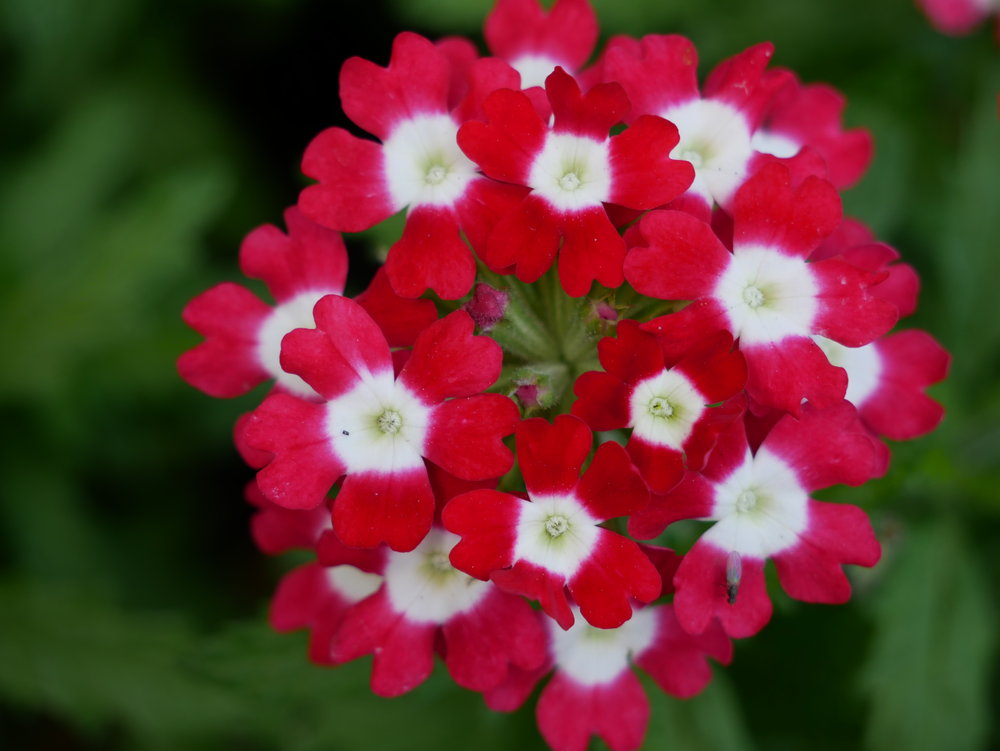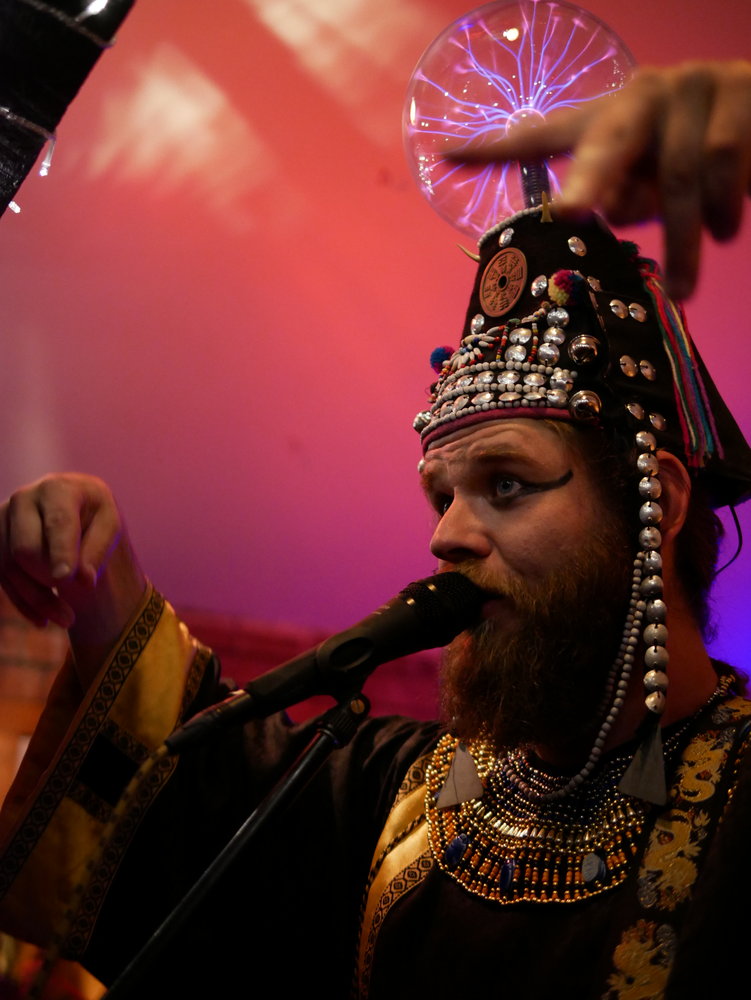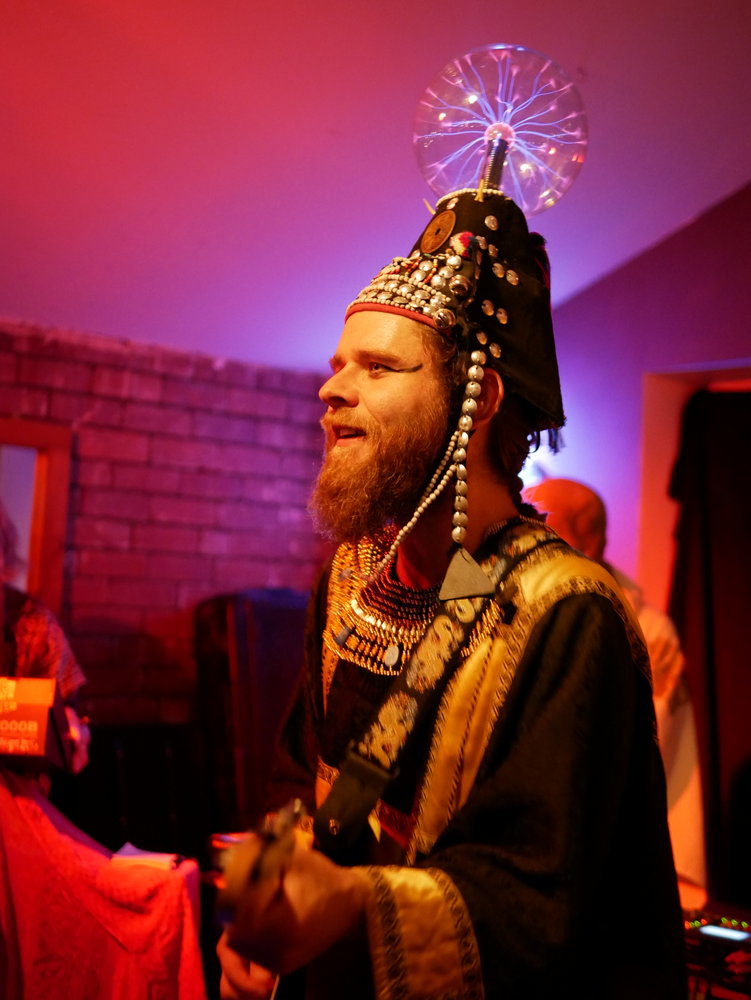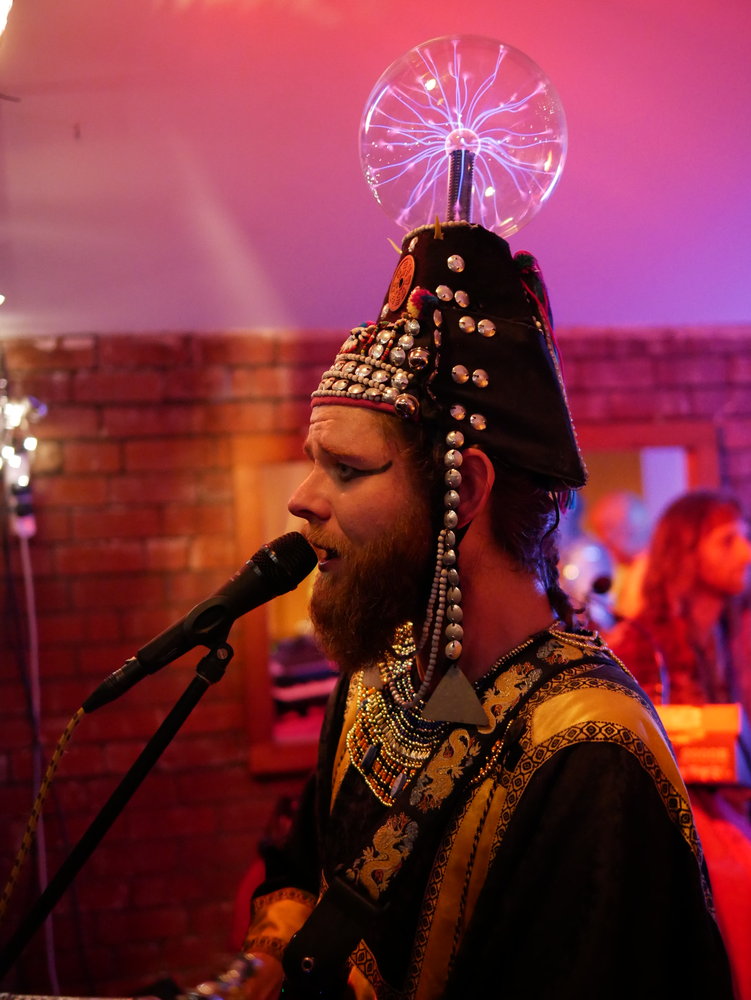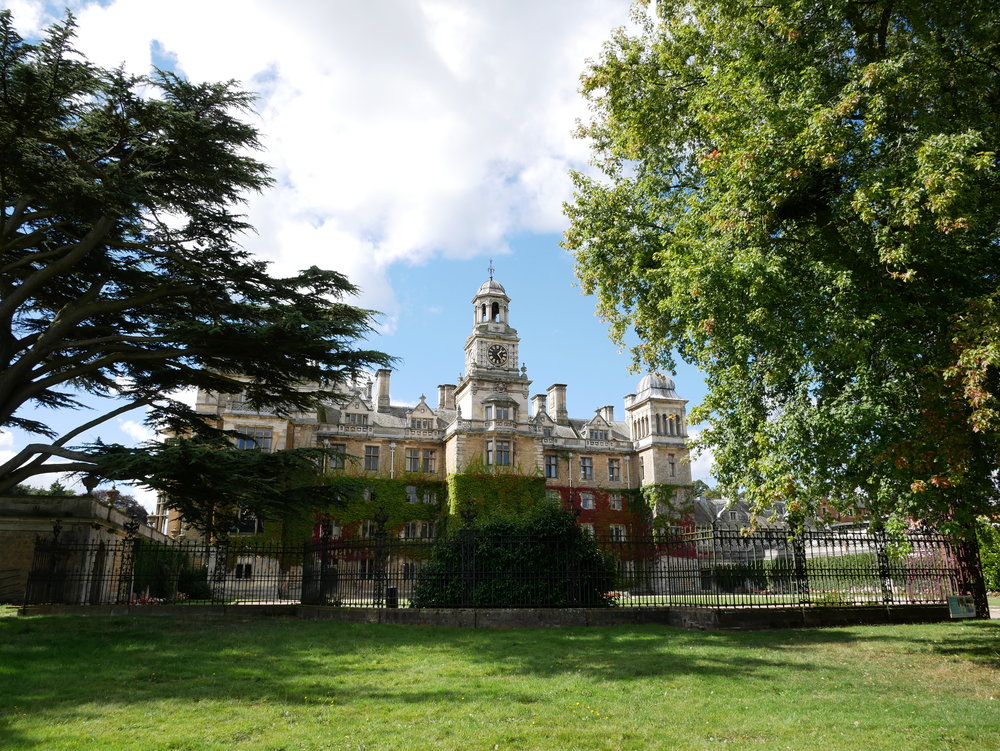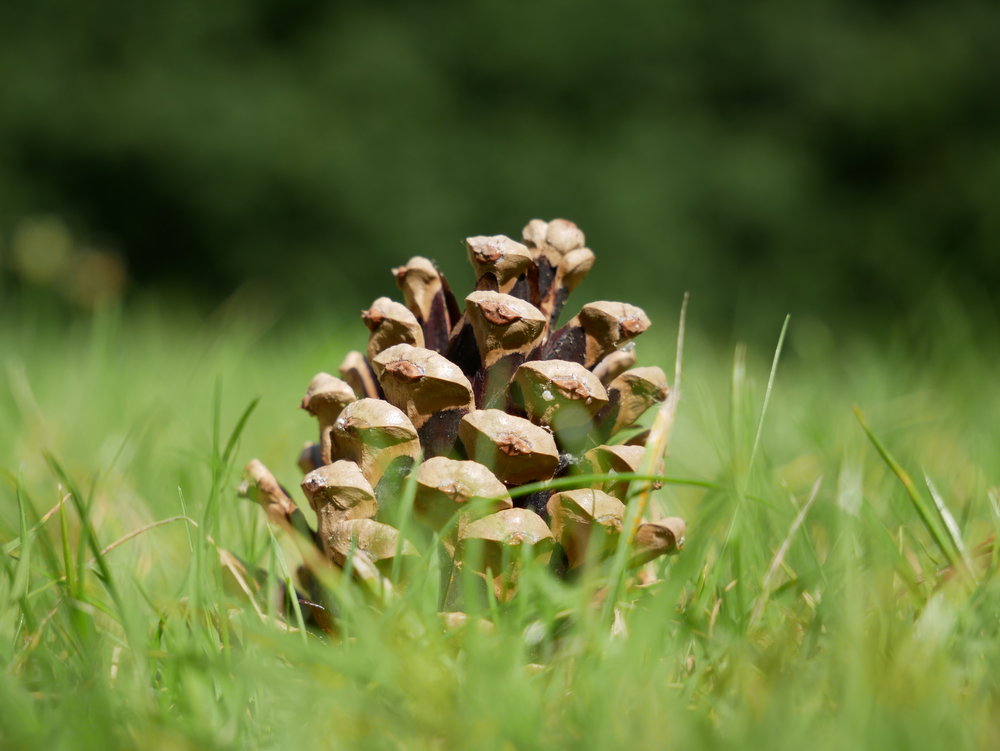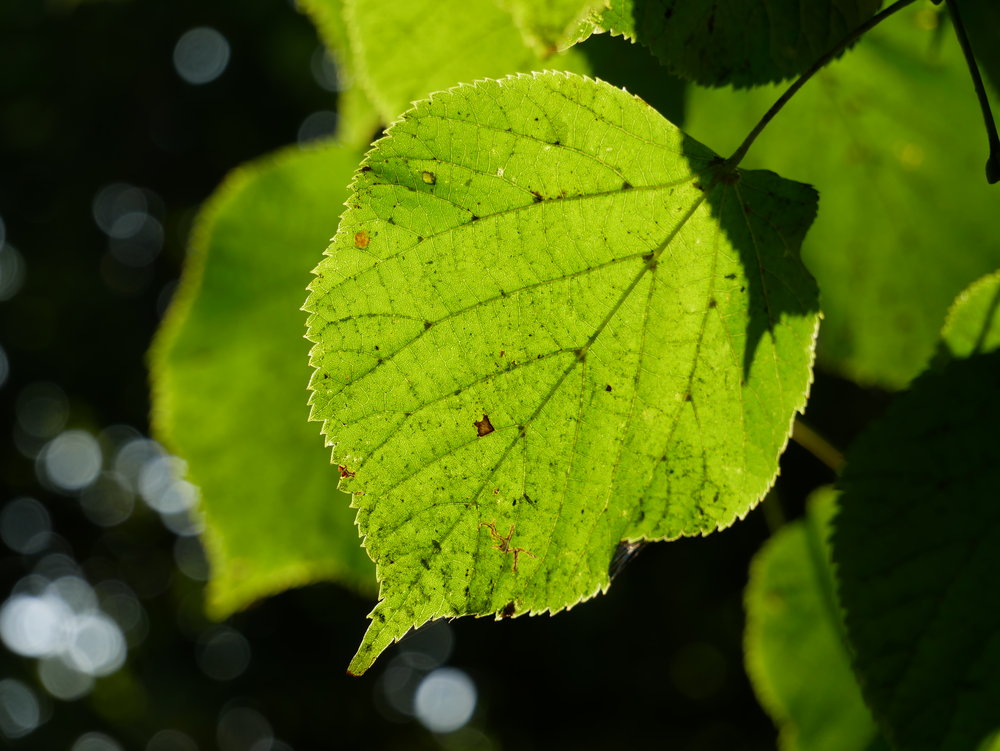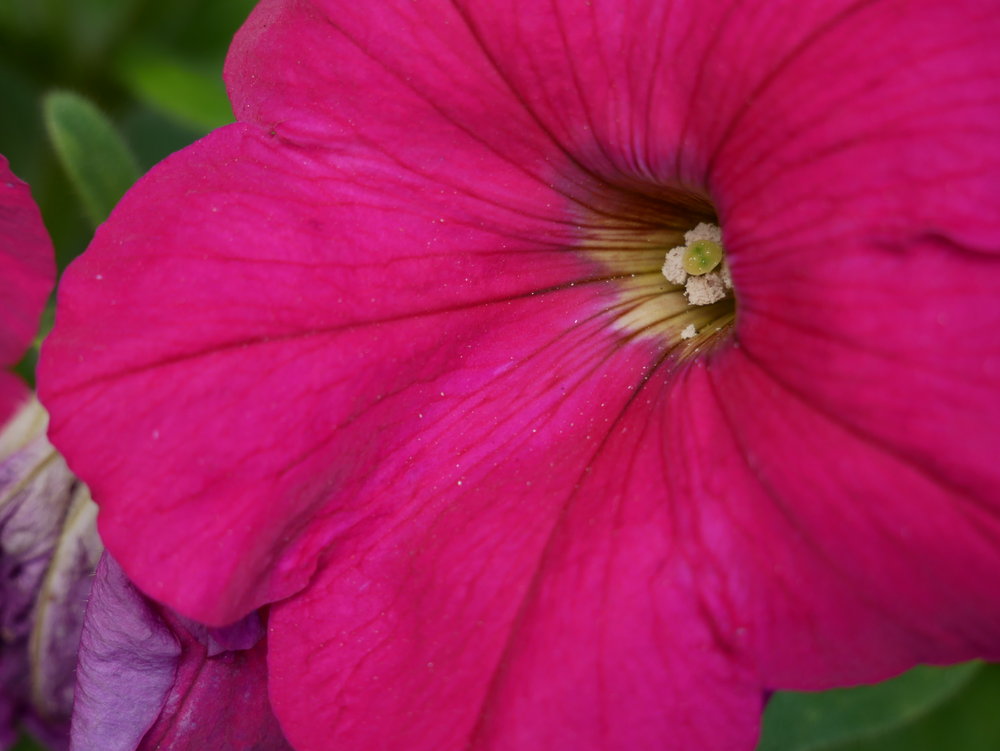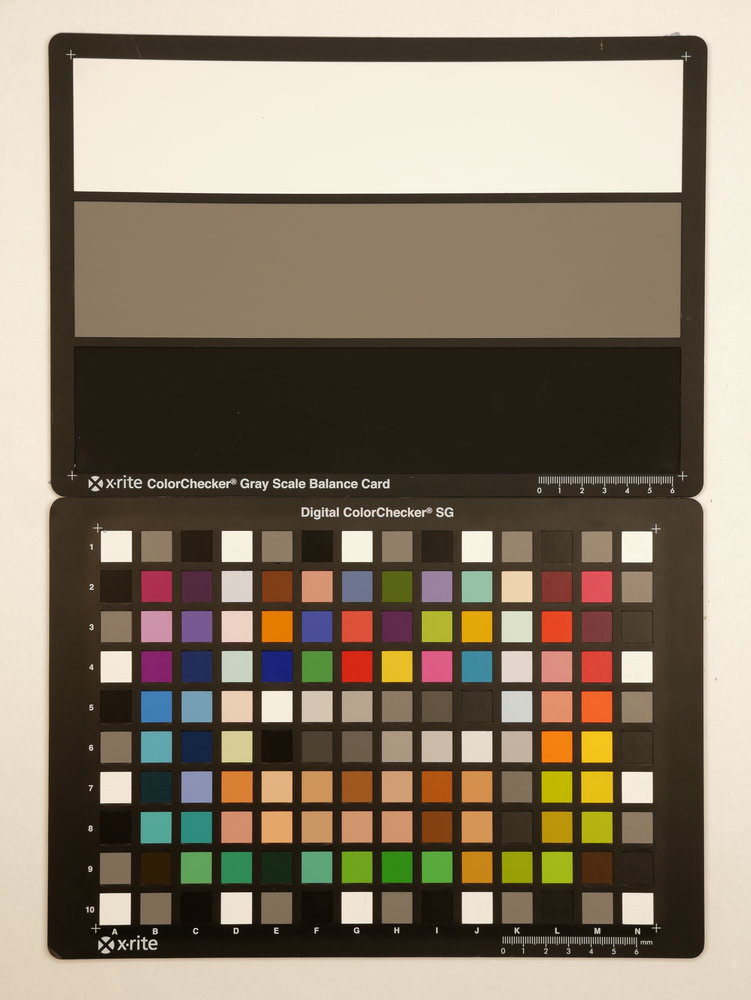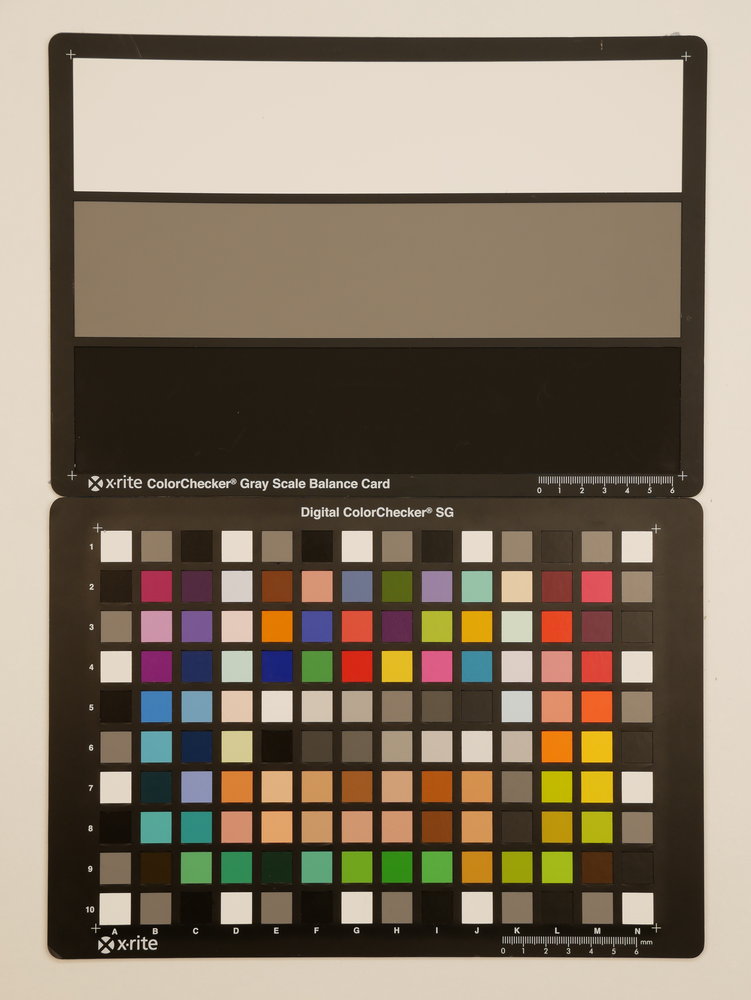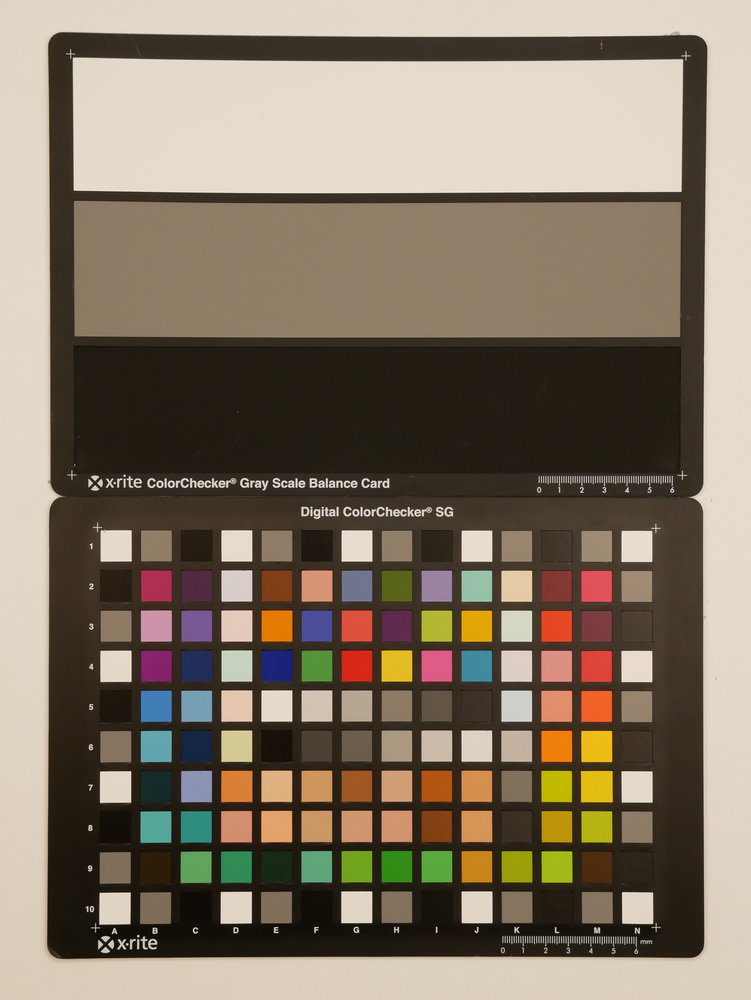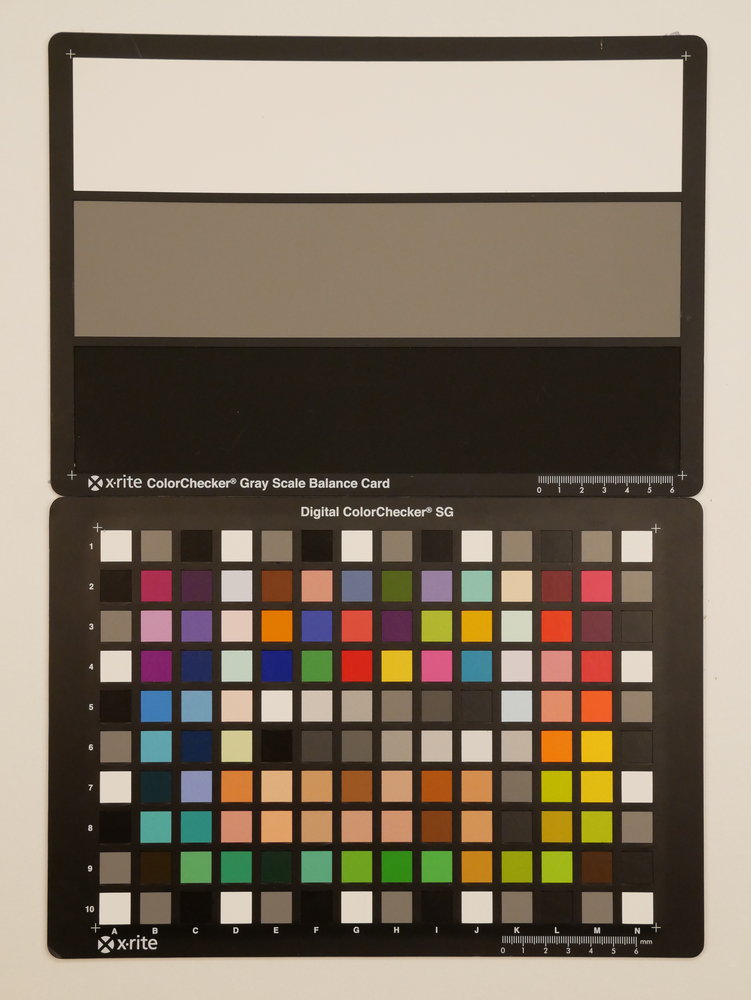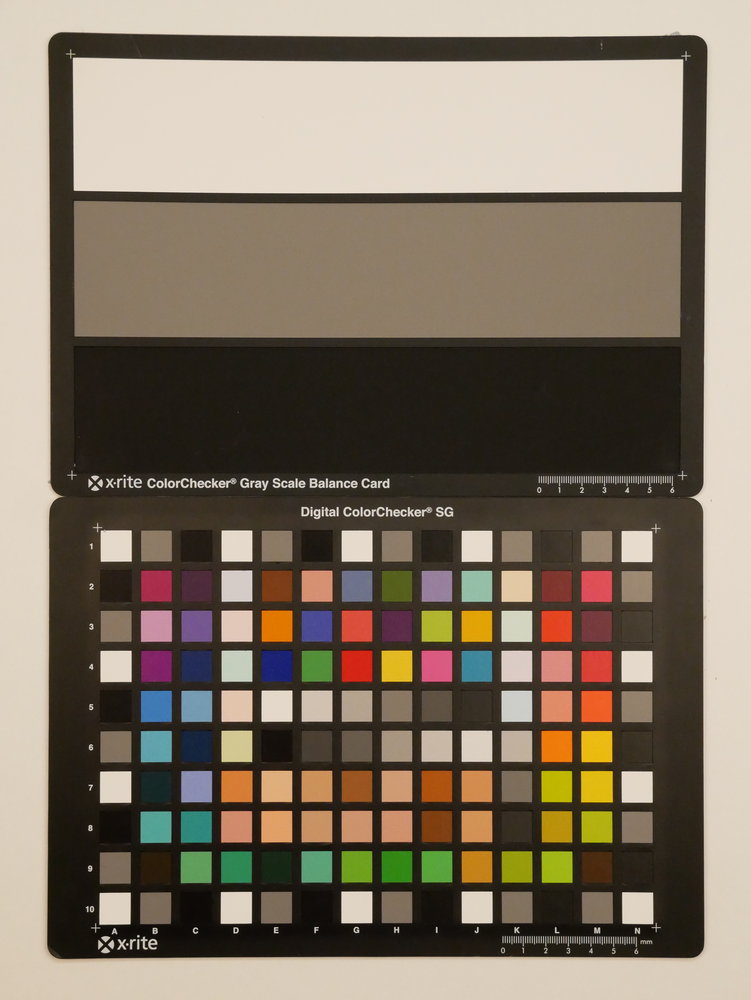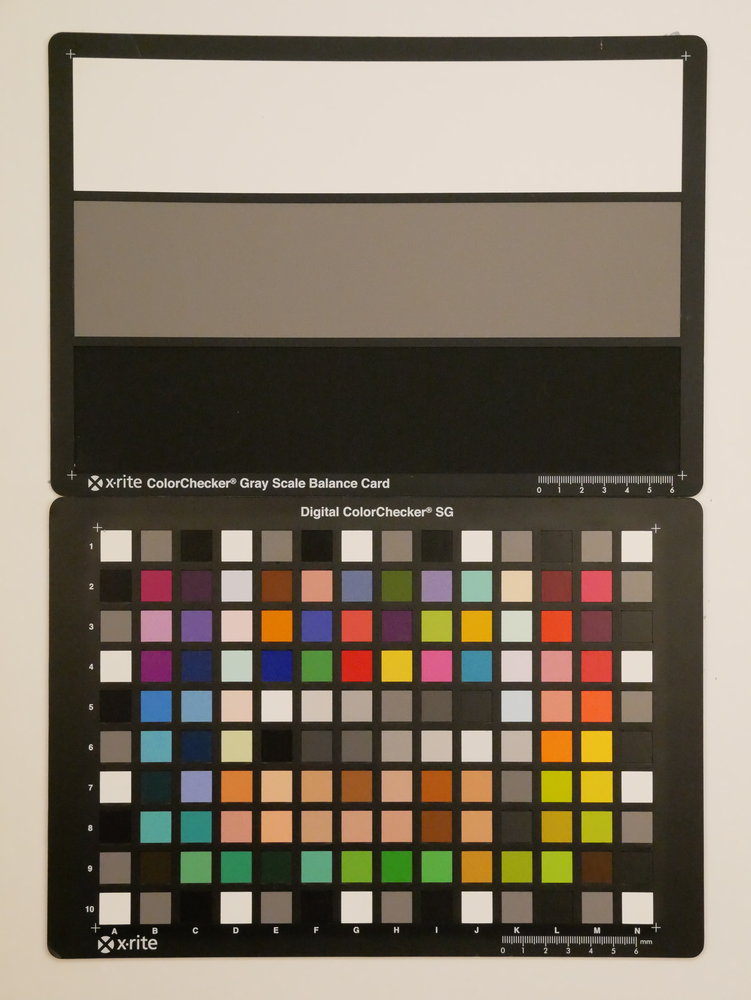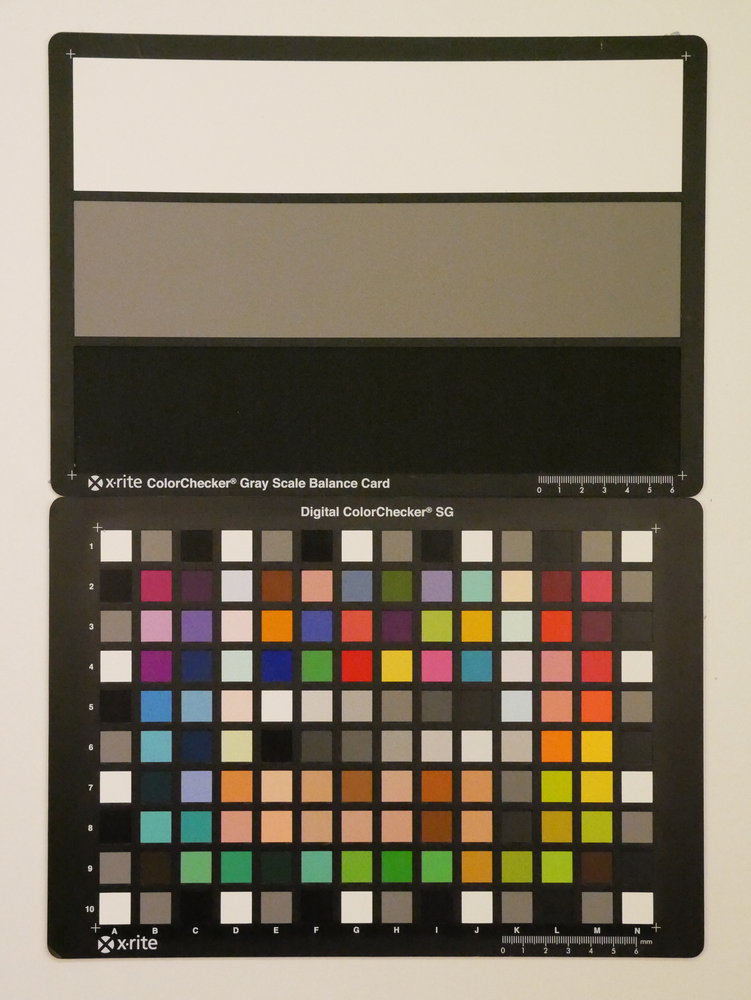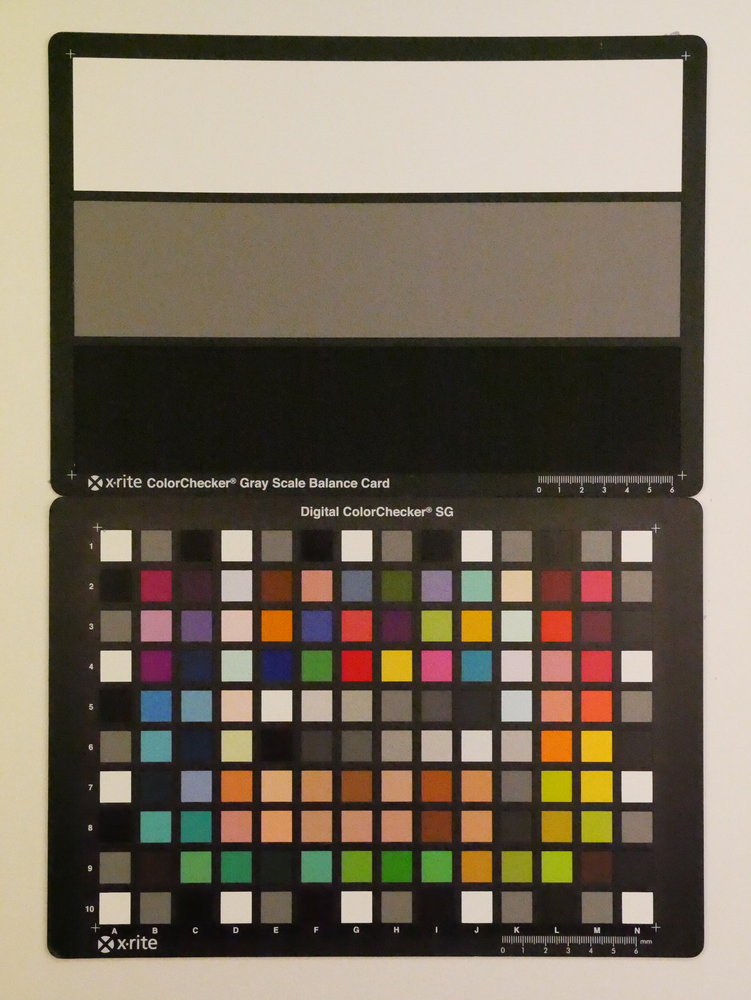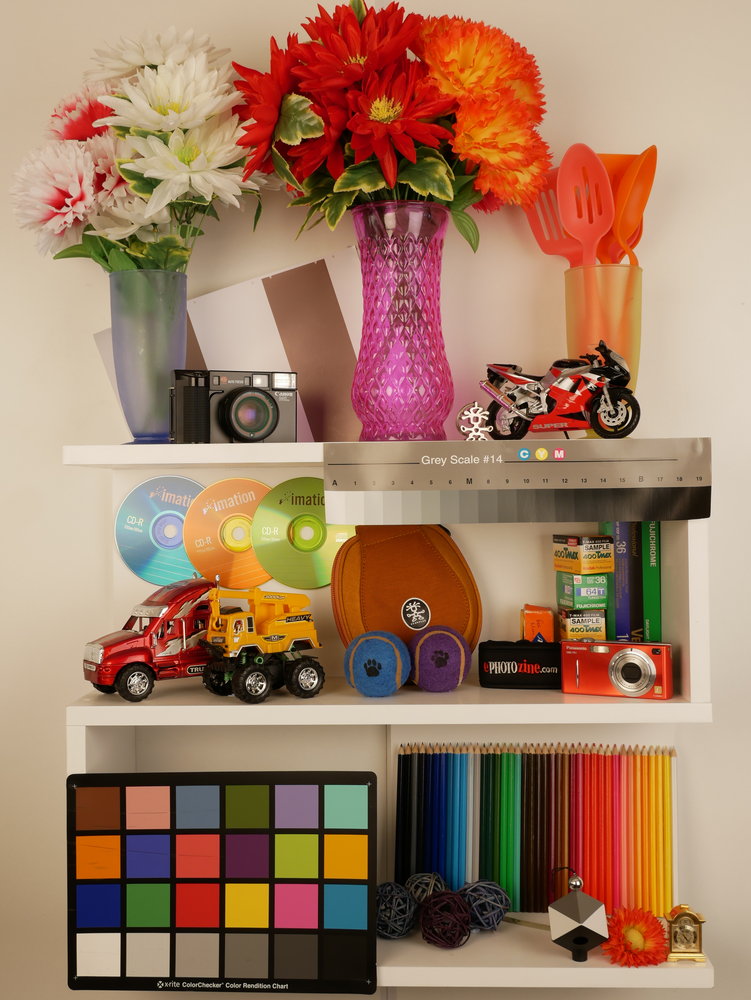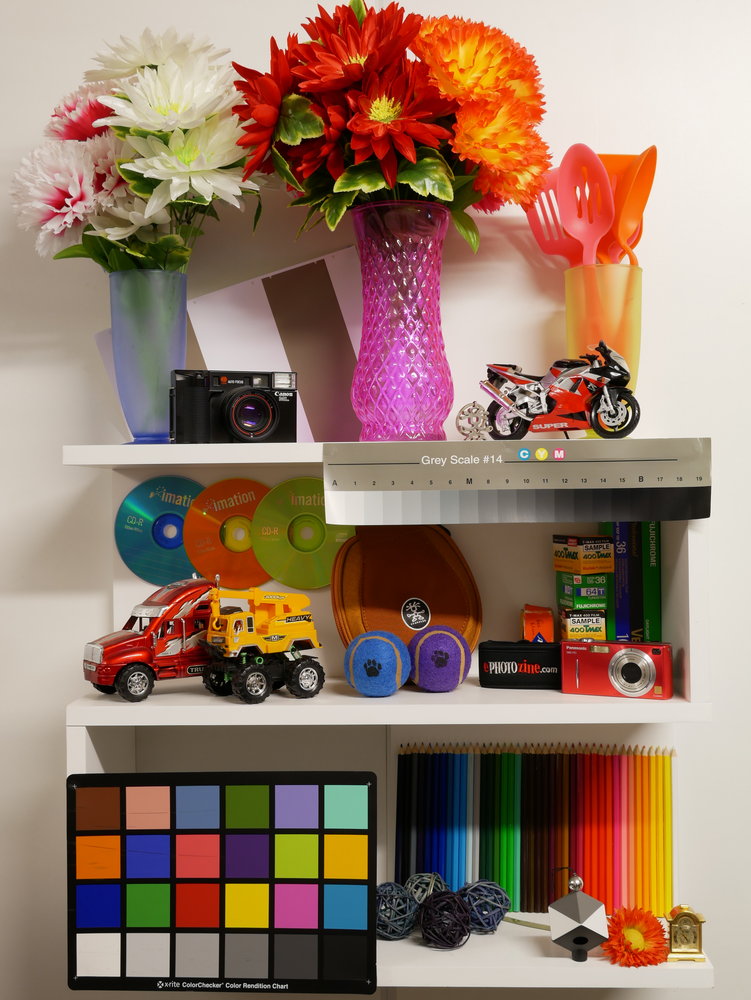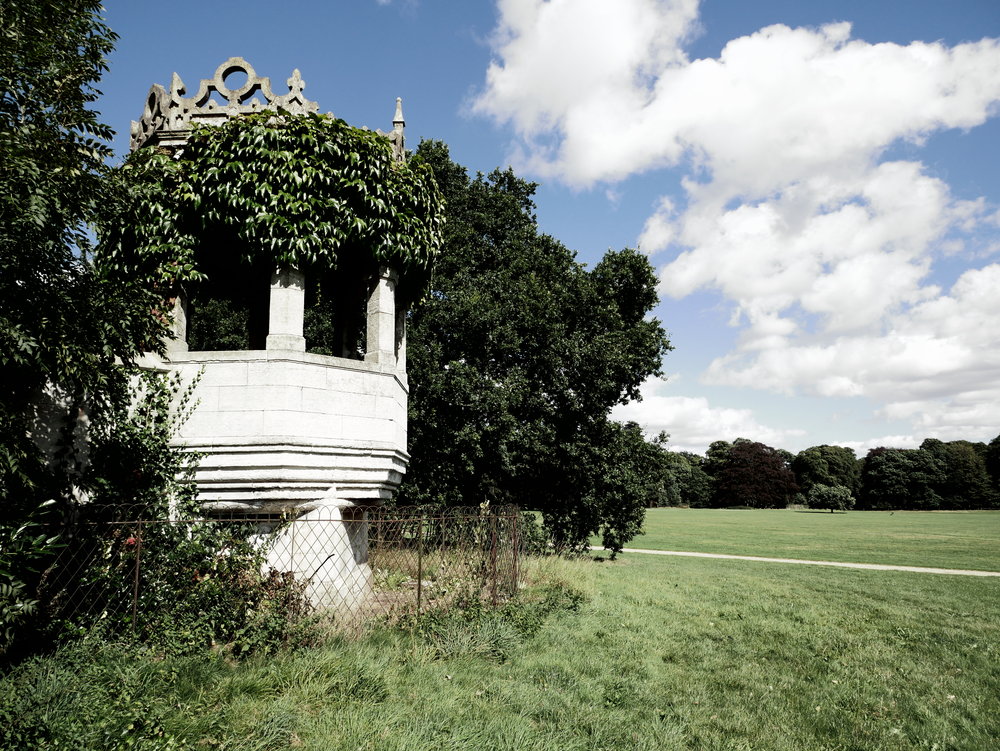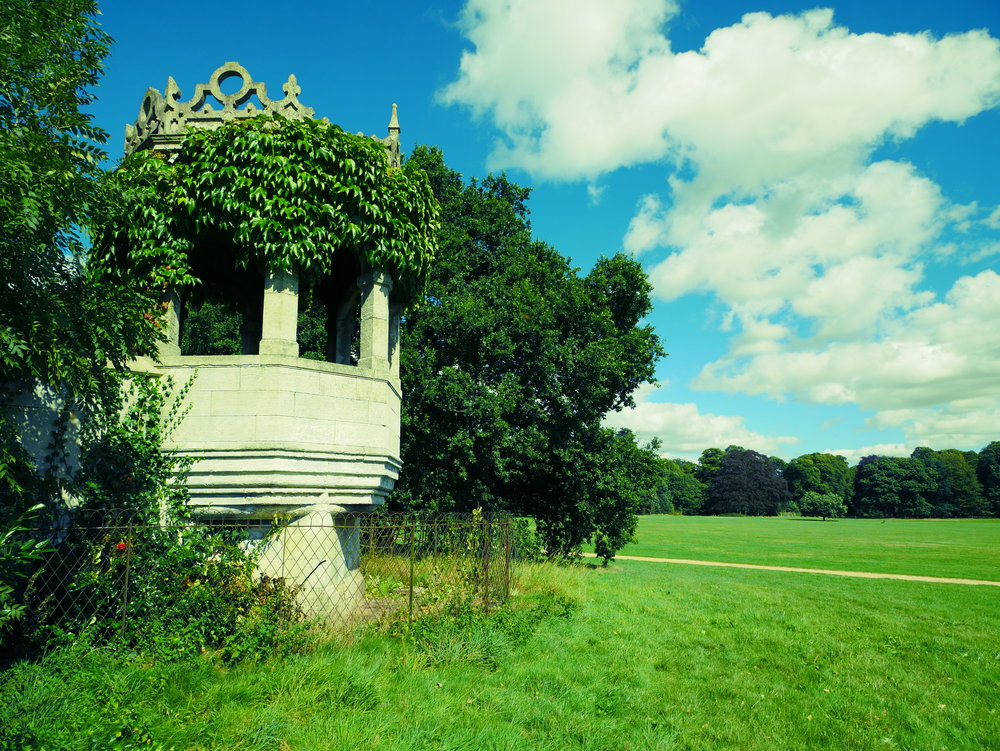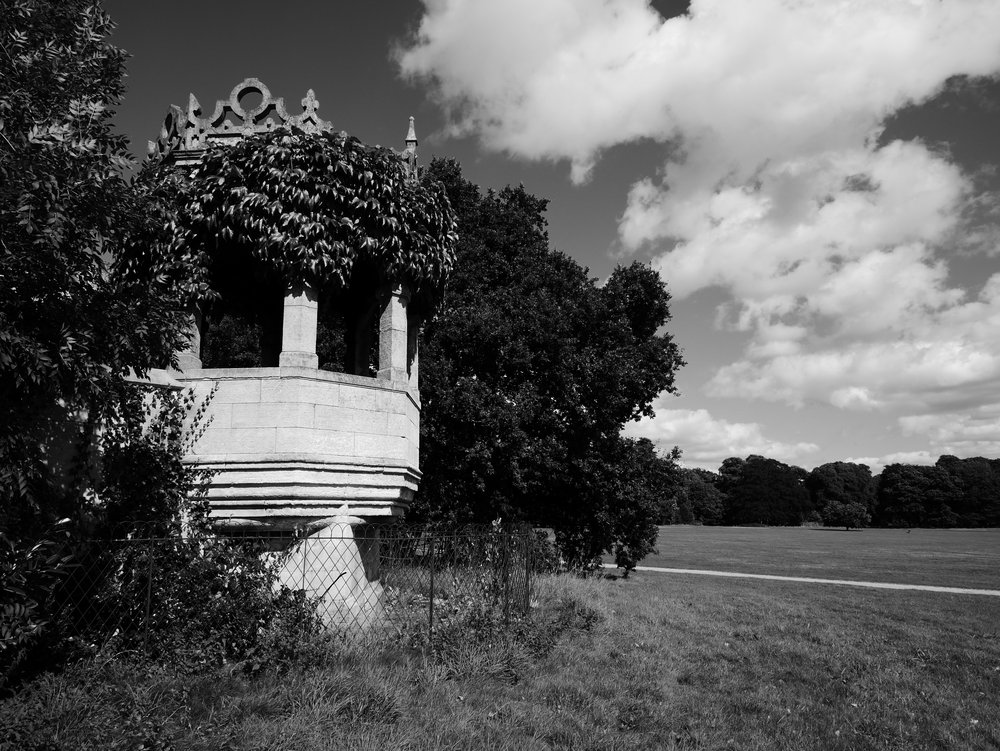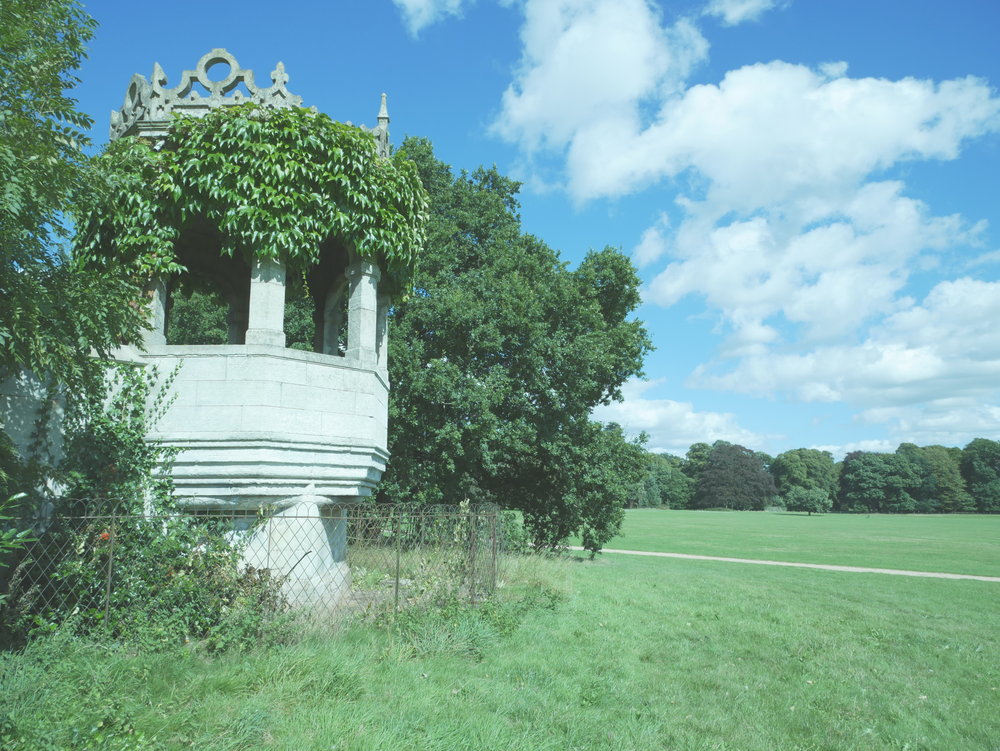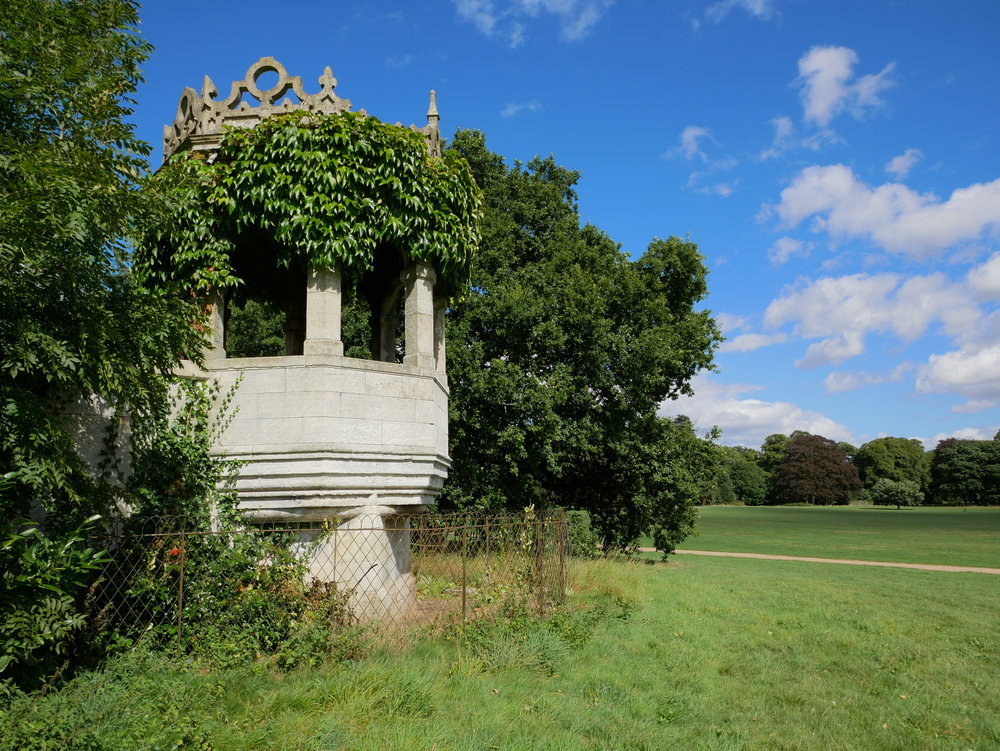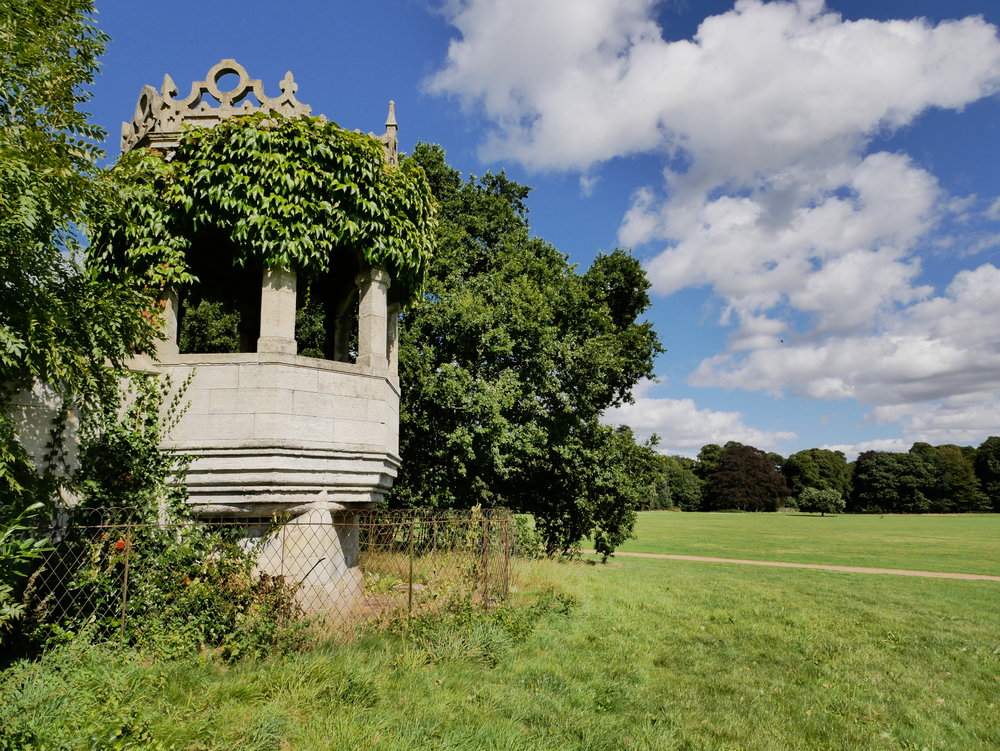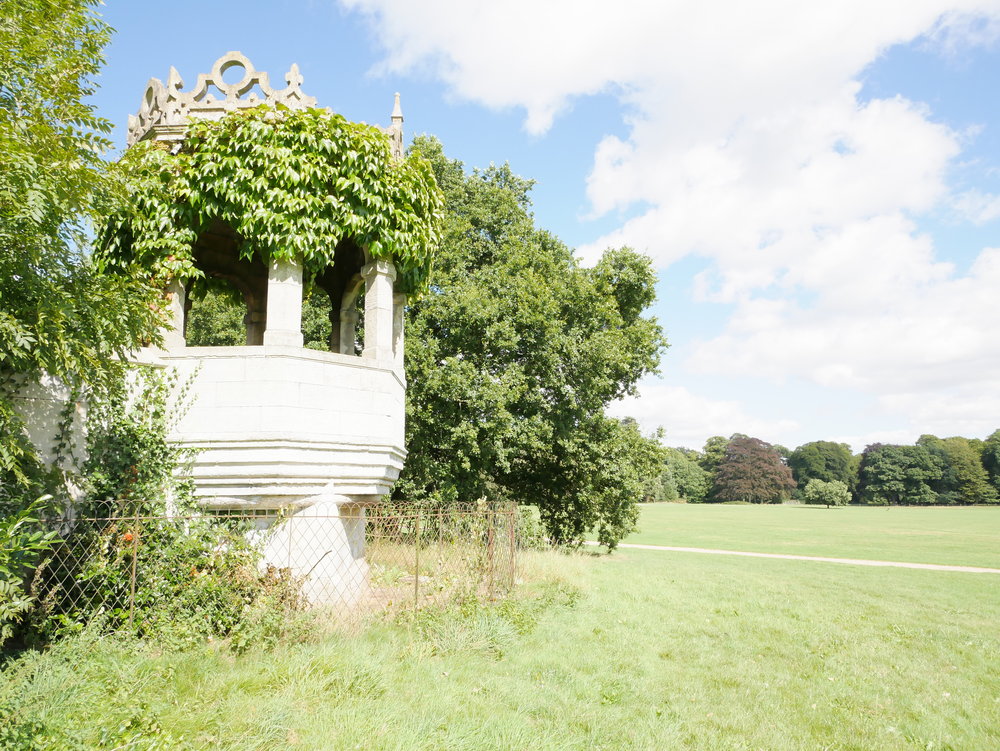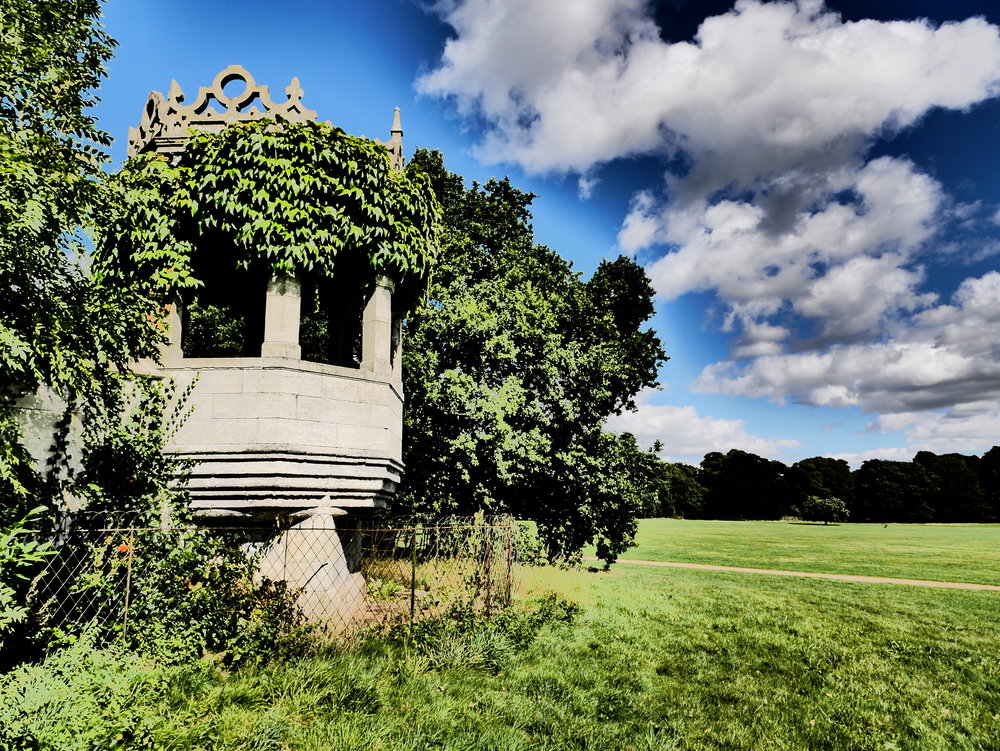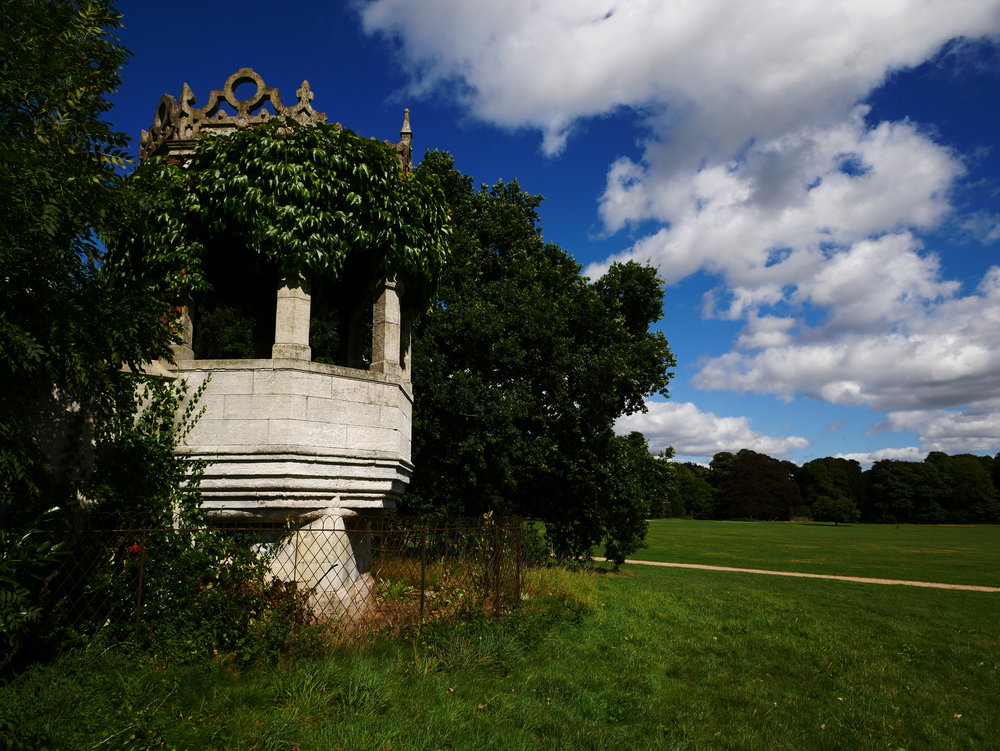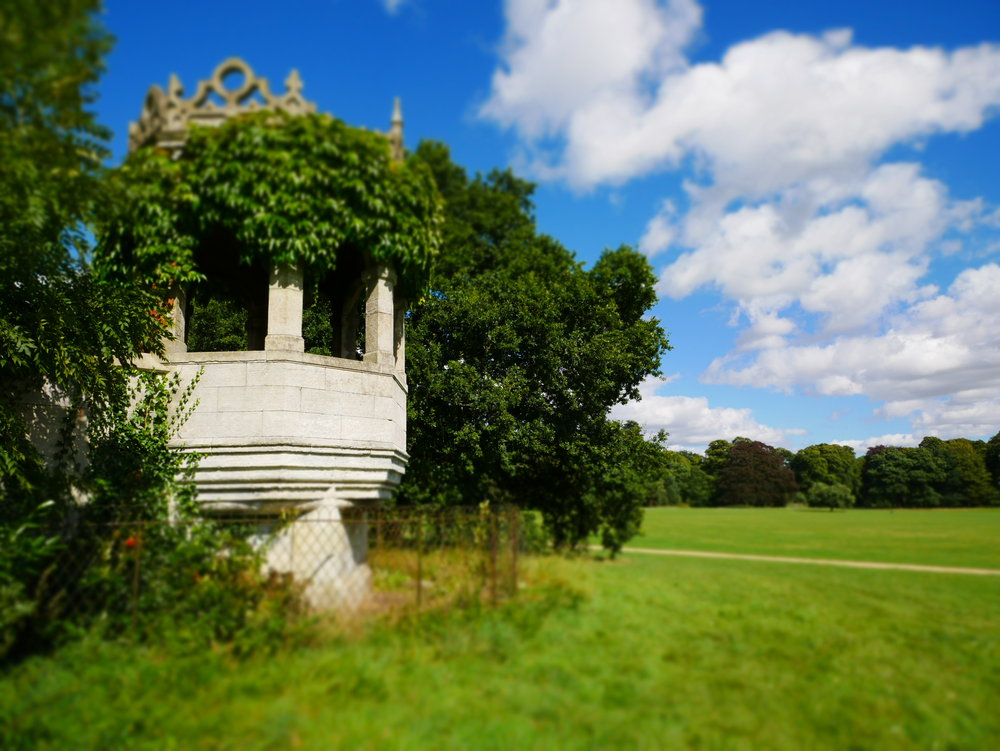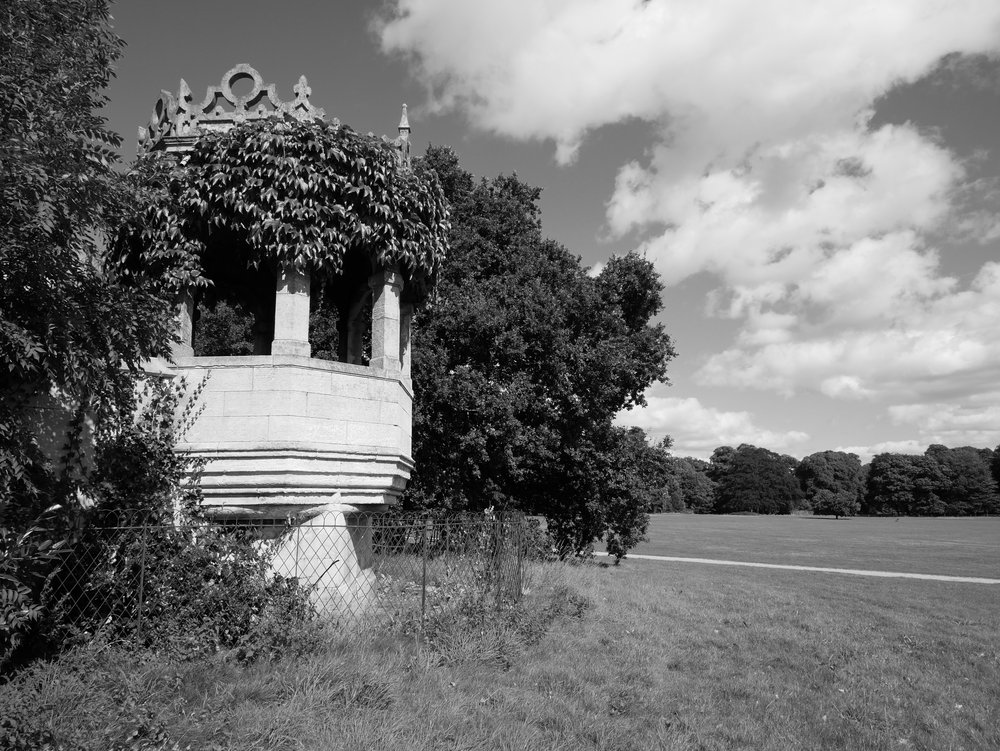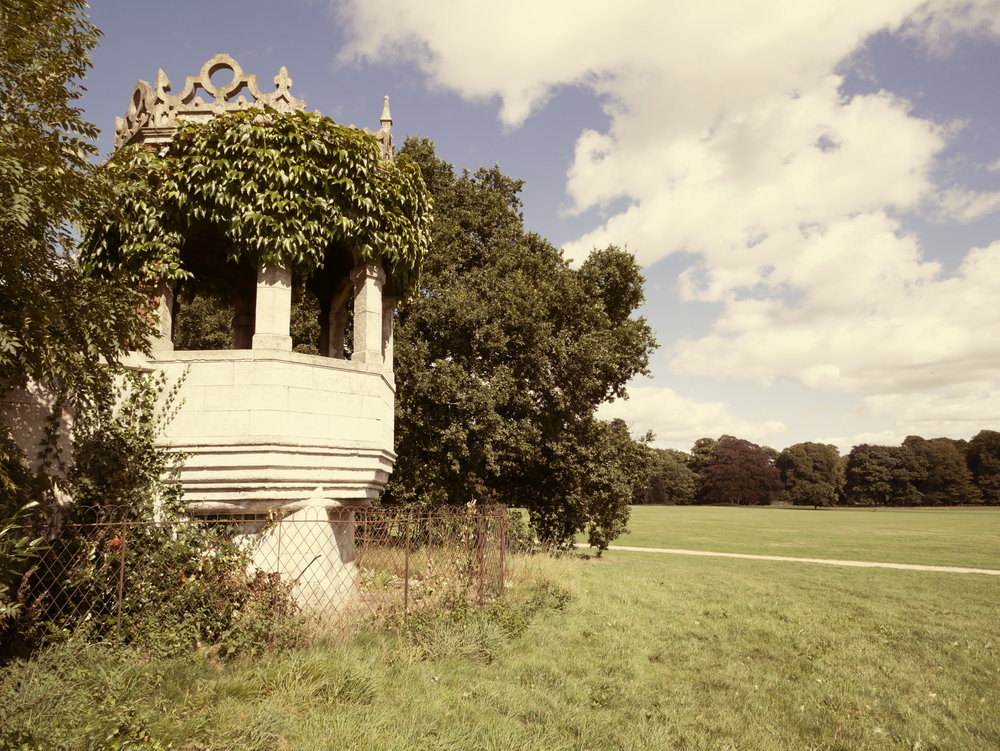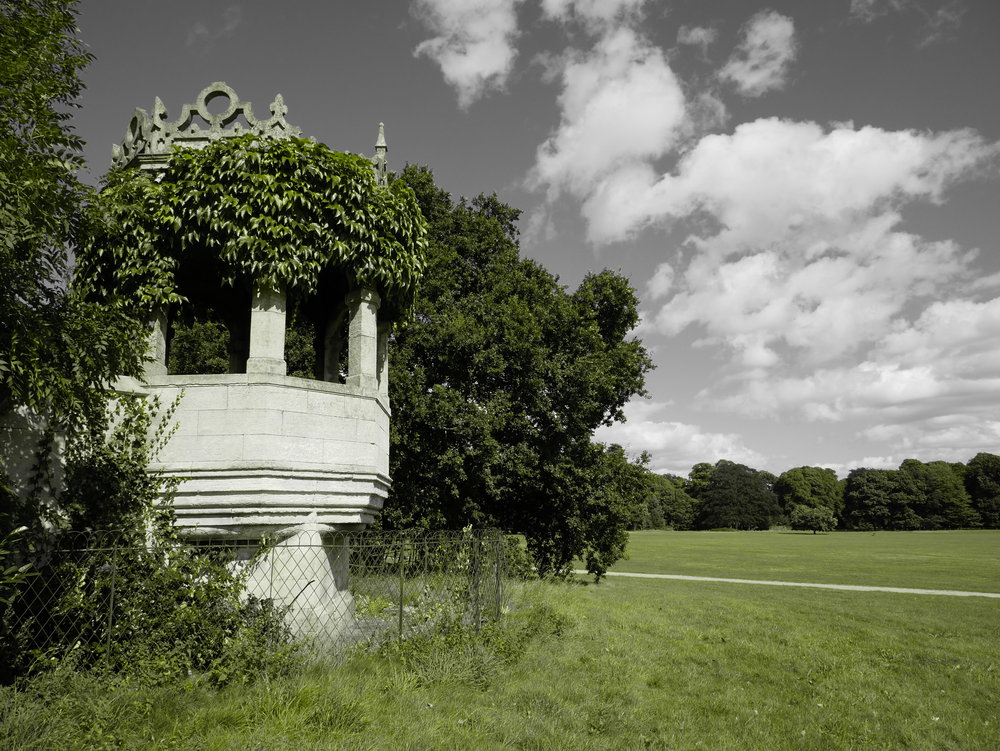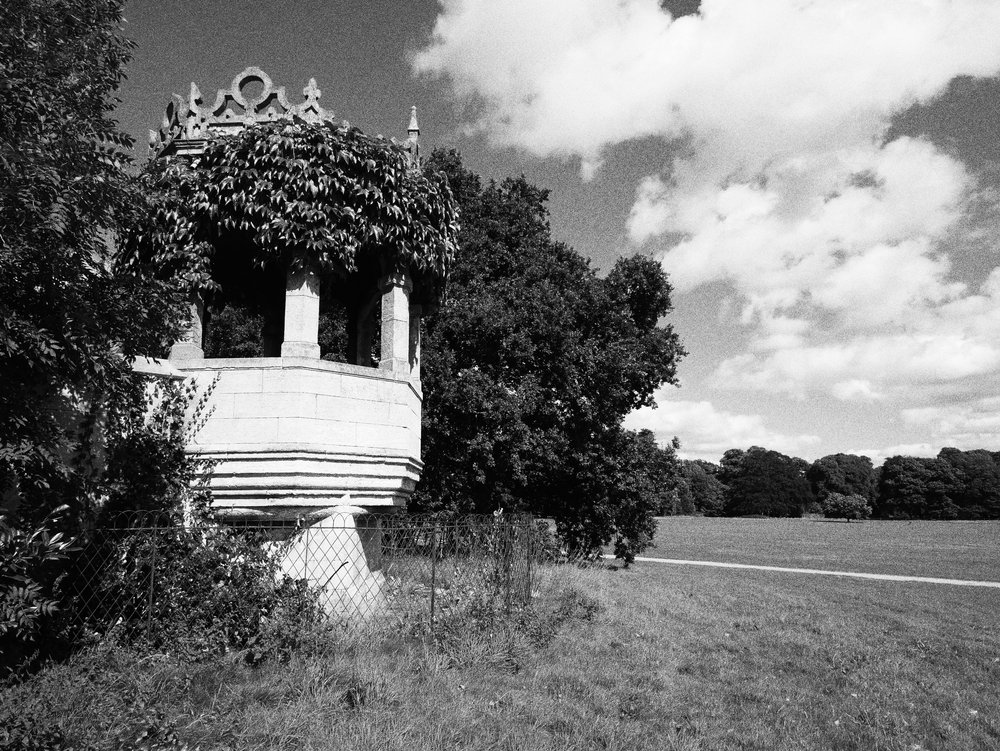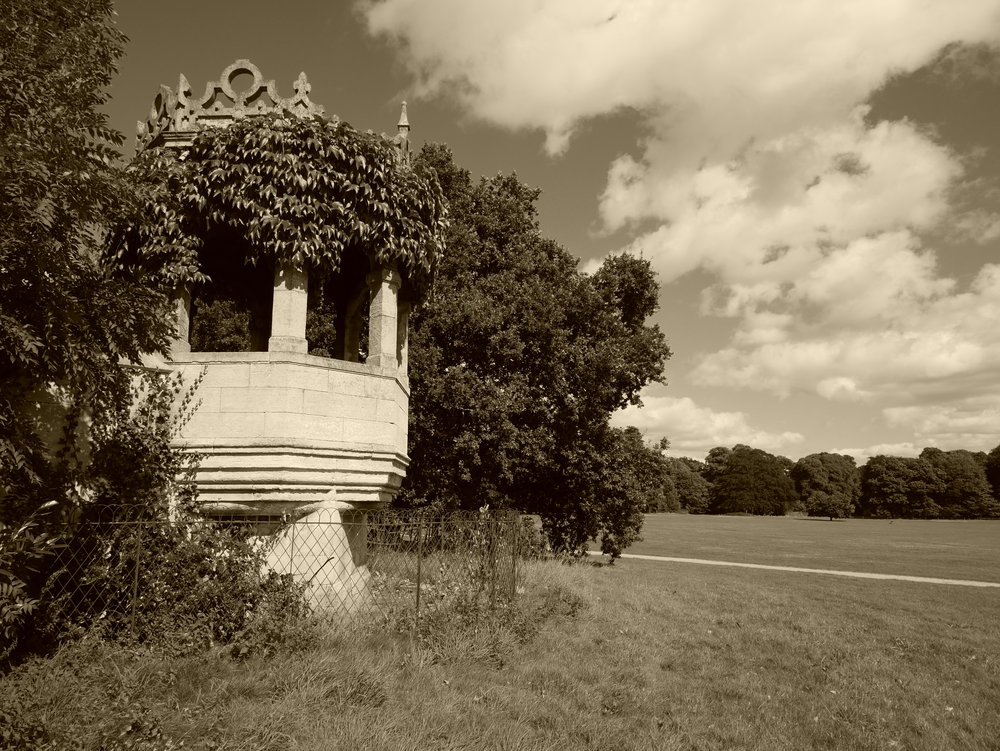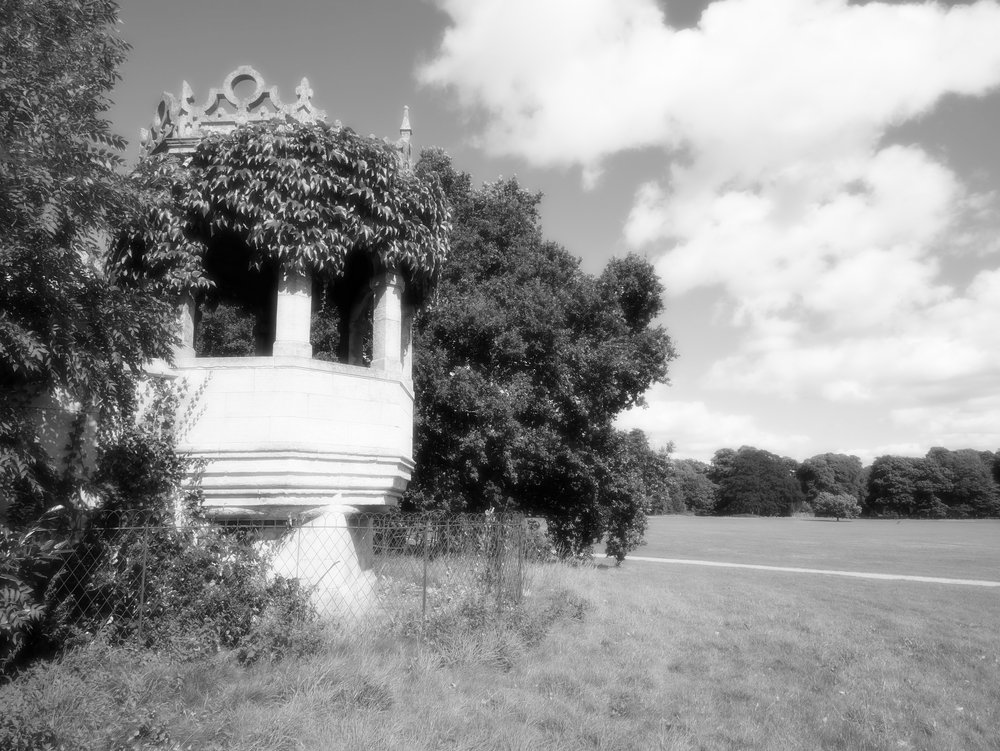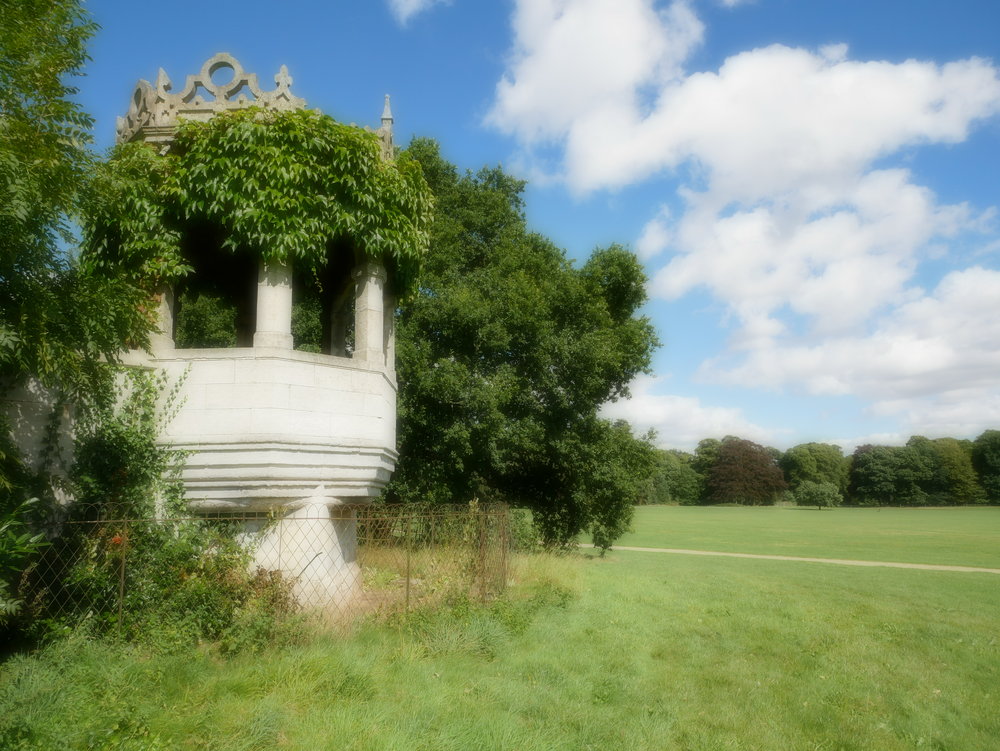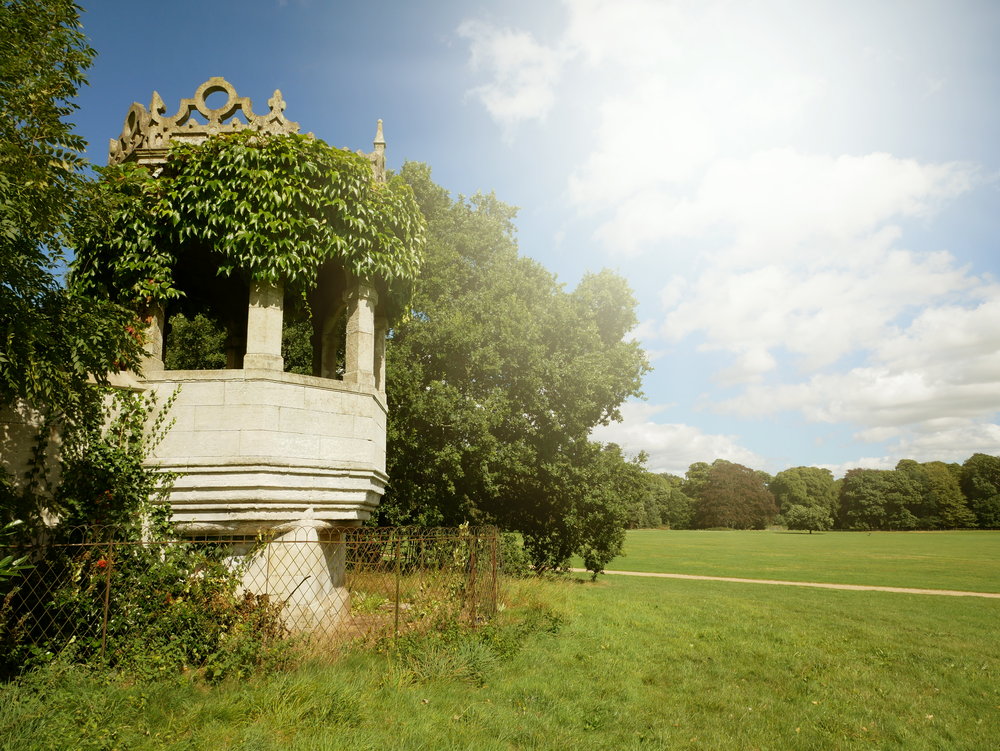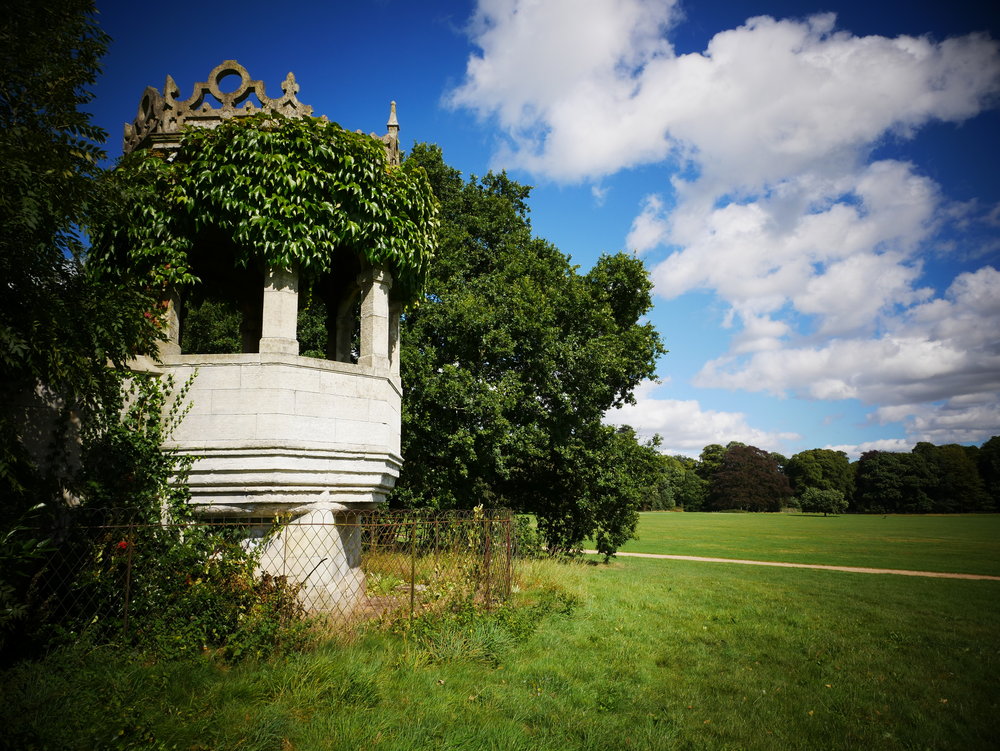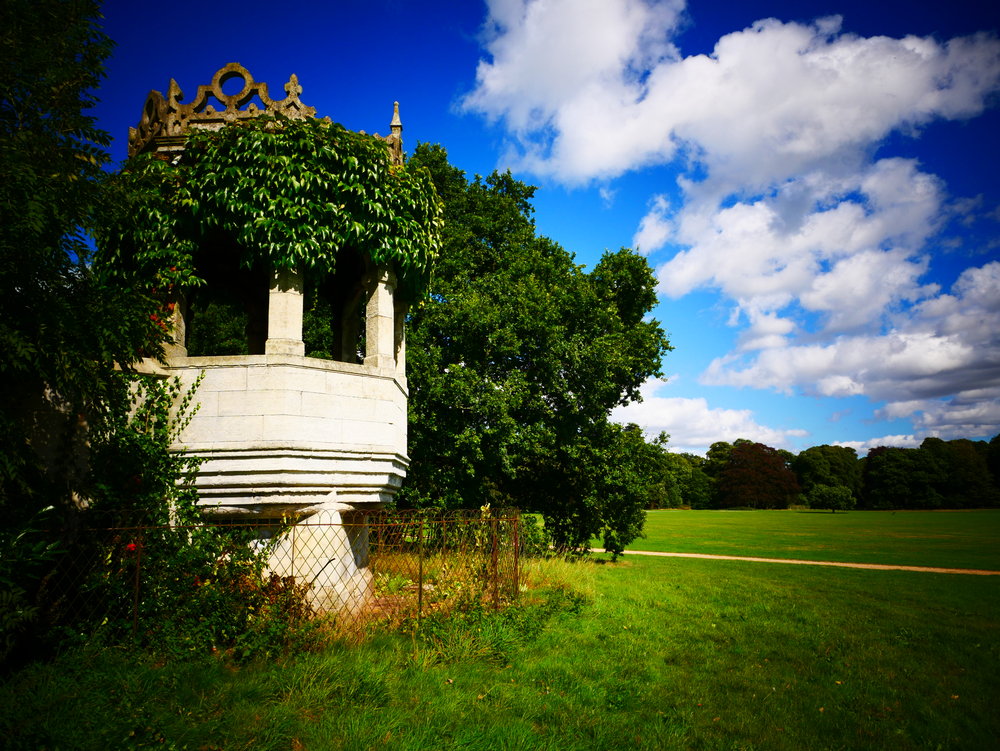Features
Handling
Performance
Verdict
Specification
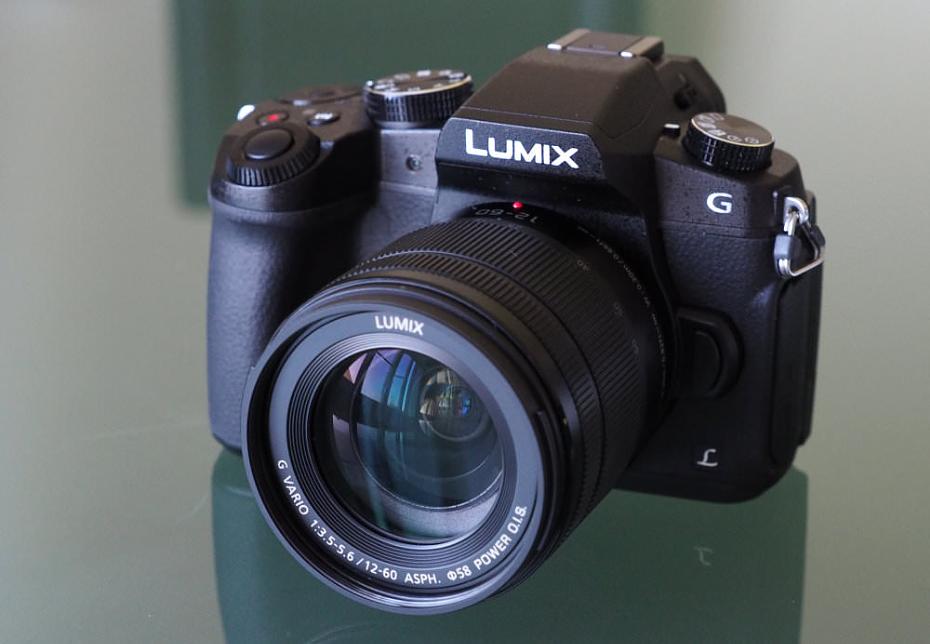
Panasonic's new Lumix G80 / G85 is a new weather-sealed mirrorless camera, with a 16 megapixel Micro Four Thirds sensor, Dual IS Mark II, 4K video recording, 4K photos, and 9fps continuous shooting. Dual IS Mark II uses a combination of 5-axis sensor-shift image stabilisation, and lens based optical image stabilisation to give 5-stops of image stabilisation. The G80 will be available from £699 body only.
Panasonic Lumix G80 Features
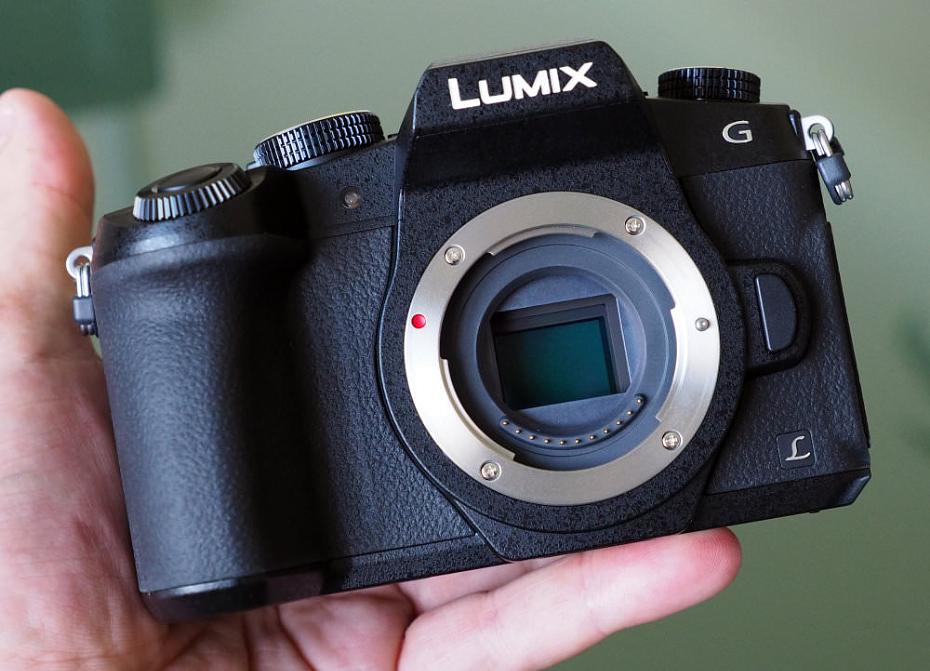
The Panasonic Lumix G80 features the same 16 megapixel Micro Four Thirds sensor as the GX80 and does not feature an optical low-pass filter. This means the camera should deliver better detail and resolution, as well as better noise performance. To avoid false colour (moire) which can occur when the low-pass filter has been removed, the camera has built-in moire suppression, so that there is both the benefit of improved resolution, as well as reduced false colour. The Panasonic Lumix G80 is also known as the G85, and G81 in some parts of the world.
Panasonic Lumix G80 / G85 Features at a glance
- 16-megapixel sensor w/o Low Pass Filter
- 5-axis sensor-based image stabilisation - Dual IS v2
- 4K Photo / Video with IS
- Post Focus and Focus Stacking
- Weather sealed body
The Panasonic Lumix G80 has an enhanced version of the GX80 shutter unit, which is smaller, and quieter than previous Lumix G cameras. It has been designed to dramatically reduce shutter vibration (or shock), with a 90% reduction in shutter shock, and there is now a new electronic first curtain shutter option. The camera can shoot at 1/4,000s using the mechanical shutter, or 1/16,000s using an electronic shutter.
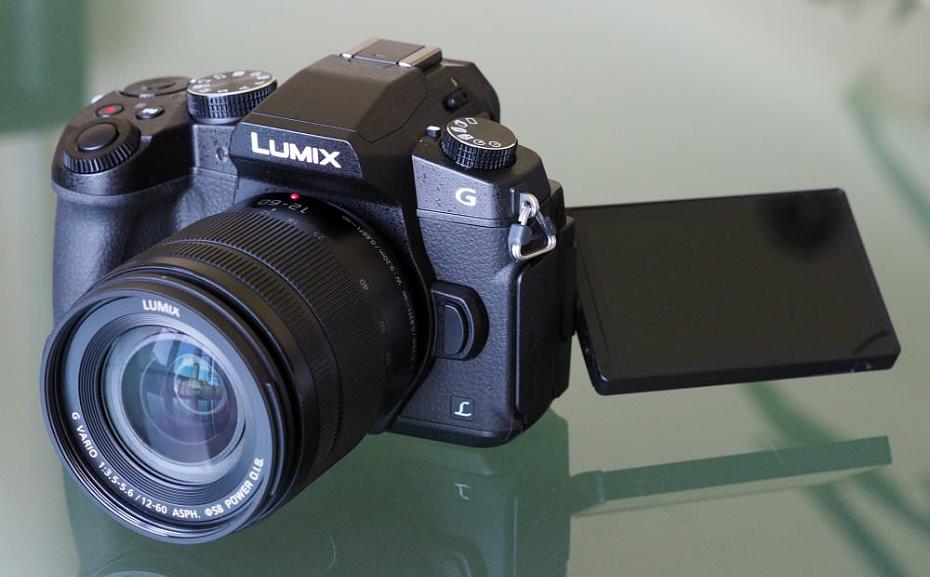
The G80 features Dual IS Mark II (Image Stabilisation): Lens image stabilisation (2-axis) and camera image stabilisation (5-axis sensor based) works simultaneously for improved image stabilisation, along with a new gyro-sensor to detect angular velocity. This works for photos, video, 4K video, as well as 4K photo. The use of dual image stabilisation is said to be particularly beneficial when using longer telephoto lenses, and can give up to 5-stops of image stabilisation.
Compared to the Panasonic Lumix GX8, GX80, Olympus OM-D E-M5 II, and PEN-F:
| Panasonic GX8 | Panasonic GX80 | Panasonic G80 | OM-D E-M5 II | Olympus PEN-F |
| 20mp | 16mp | 16mp | 16mp | 20mp |
| 0.77x EVF | 0.7x EVF | 0.74x EVF | 0.74x EVF | 0.615x EVF |
| 3inch vari-angle | 3inch tilting | 3inch vari-angle | 3inch vari-angle | 3inch vari-angle |
| 4-axis (sensor IS) | Dual IS System | Dual IS II System | 5-axis (sensor IS) | 5-axis (sensor IS) |
| ISO100-25600 | ISO100-25600 | ISO100-25600 | ISO100-25600 | ISO80-25600 |
| 8fps (6 with AFC) | 8fps (6 AFC) | 9fps (6 AFC) | 10-11fps (5 AFC) | 10-11fps |
| 340 shots | 290 shots | 330* | 310 shots** | 330 shots |
| 487g | 426g | 505g | 417g | 427g |
| 4K video | 4K video | 4K video | FullHD | FullHD |
| No flash | Flash (GN6) | Flash GN6.2 | No flash | No flash |
| Weather sealed | - | Weather sealed | Weather-sealed | - |
| £649 body only | £509 body only | £699 body only | £749 body only | £999 body only |
* Can be extended to 800+ with "low power mode". ** Can be extended to 750 shots with "Quick Sleep Mode ON".
The Lumix G80 features an electronic viewfinder (EVF) with 2360K dots, 100% view, a 4:3 aspect ratio, 0.74x magnification (35mm equivalent), and an eye detection sensor. The G80 can shoot at 9fps in continuous shooting drive mode, or 6fps with continuous auto-focus. Here we've recorded a video of the camera shooting at 9fps with the lens off. Shooting with the lens off makes the shutter much louder, so make sure you have a look at the next video showing the camera shooting with the lens on to see how quiet the shutter really sounds.
There are full manual controls, as well as intelligent Auto, and you can use the creative effects in P/A/S/M modes. There is an L Monochrome mode - added to Photo Styles, to give impressive, deep black photos with rich gradation like black and white film. A "Light Composition" mode lets you take low light shots of subjects including fireworks, and light painting, etc, and combines a number of shots to produce one image.
The shutter is designed to be very quiet, slightly quieter than the GX80, and as seen in this video, quieter than the E-M10 II, and GX7:
Wi-Fi connectivity is built in, with a QR-Code for a quick connection to your smartphone or tablet. The Panasonic Image App has a number of options, including remote control, image transfer, geotagging (so you can add GPS location information to your photos), snap movie, photo collage, and more.
The G80 records 4K (UHD: 3840x2160) video at 30, 25, and 24fps, with stereo sound, as well as full HD video at 60p, 50p, 30p, and 25p. There are Cinelike D and Cinelike V options for video recording. Focus can be set with the touch screen, and there are a number of different focus options including: Face/Eye Detection AF, Pinpoint AF, One-shot AF and advanced Low Light AF (-4EV).
An optional battery grip is available, that is also weather sealed, and doubles the camera's battery life.

Key Features
- 16 megapixel Micro Four Thirds sensor, without Low Pass Filter
- 5-axis image stabilisation (sensor based), Dual IS 2
- 3inch vari-angle touch-screen, 1040K dots
- Electronic viewfinder, 2360K dots, 0.74x magnification, 4:3 aspect
- 4K Photo (30fps), Post-focus, Focus stacking
- 4K Video (UHD: 3840x2160), 30, 25, 24p, Stereo sound
- ISO200 - ISO25600, Extends to ISO100
- Wi-Fi connectivity with QR-Code
- 9fps continuous shooting (up to 80 JPEGs, 30 raw), 6fps with C-AF
- Panoramic shooting / HDR mode / Creative Effects
- RAW image development in-camera
- Silent Mode (electronic shutter), Multiple Exposure
- Time Lapse Shot / Stop Motion Animation
- Built-in pop-up flash (GN6.2 at ISO100, GN9.0 at ISO200)
- Power save LVF shooting, can increase battery life to 8-900 shots
- Magnesium and plastic construction
- Weather-sealed camera body
Panasonic Lumix G80 Handling
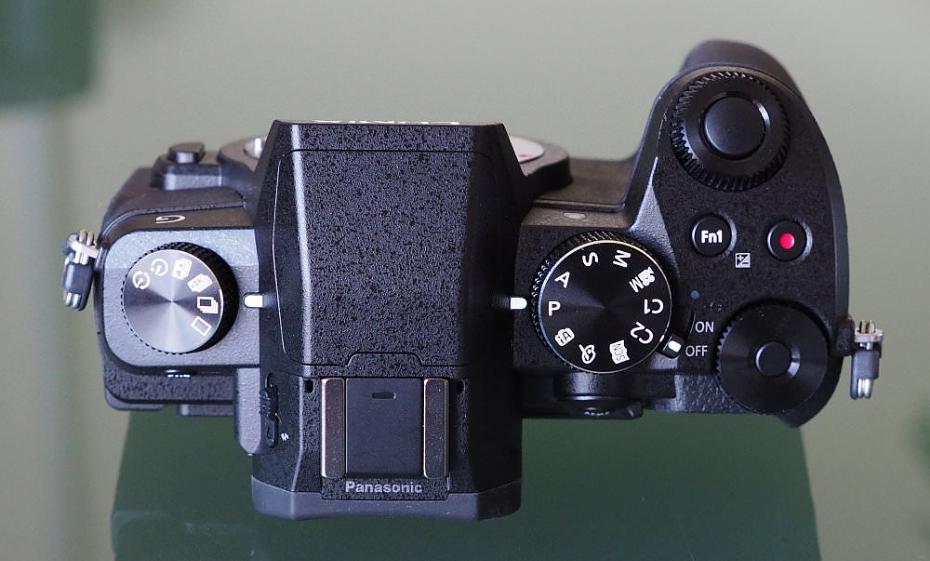
With a magnesium alloy and plastic construction, the Panasonic Lumix G80 / G85 feels very well built, and the weather-sealing will be particularly re-assuring to those that live in countries with less than ideal weather conditions. There is a good sized hand grip that is deep, and has a good rubber textures. This continues to the back of the camera, where there is a raised grip for your thumb.
There is a front and rear control wheel surrounding the shutter release button, so that you can quickly change aperture and shutter speeds, or other settings, and there are numerous function buttons that can be customised. The Q.Menu button can be used to quickly change settings, without having to go into the menu system. You can also customise five function buttons on screen so that you can setup the camera to give you quick access to your favourite settings. The top left dial lets you change the drive mode, as well as access 4K photo, plus 4K Focus stacking.
The electronic viewfinder (EVF) has a good resolution, is clear, bright and quite large. The EVF also matches the colours shown on the rear screen quite closely.
The screen quality is good with a clear display and good viewing angles, and you can view the screen even in bright sunlight. You can also view a dual-axis electronic level. The tilting screen fits very neatly into the camera when in its closed position, and you can face it in to protect the screen from scratches. You can use the touch-screen to set the focus point to anywhere on the screen, however care needs to be taken when using the EVF, as your nose can accidentally set the focus point - luckily this can be switched off. Focus is said to work down to -4EV, with the focus assist lamp helping here.

The tripod socket is quite close to the front of the camera, however, unlike the PEN-F, this does not cause any problems when mounting larger lenses on the camera. The shutter is quieter and much more pleasant sounding than previous Panasonic Lumix cameras, such as the GX7 when a lens is mounted to the camera.
Menus – The Panasonic Lumix G80 menus are clearly and well laid out, with the menus separated over different colour coded sections. There is built-in help that explains each option, which makes it easier to use the camera, without having to refer to the manual. The Q.Menu button gives quick access to some of the most common settings, and you can use the touch-screen to change settings and options as well as scroll through the menus. In playback you can use pinch to zoom, or scroll through different photos, making it easy to use the camera, particularly if you're used to using a smartphone.
Built-in Wi-Fi allows you to remotely control the camera, and you can take photos as well as start and stop video recording. You can transfer images to a smartphone or tablet, or add geotagging (GPS location) information to photos. There are options for Snap Movie as well as Photo Collage. Setting up the connection is easy, as you can simply connect to the camera's Wi-Fi or use the QR code so that the connection is setup for you. The camera doesn't feature NFC.
Battery life - Panasonic say that the G80 is capable of shooting approximately 330 images when using the rear screen or 320 images when using the electronic viewfinder. When using the "Power Save LVF Shooting mode" you should be able to get up to approximately 800 images. We took around 640+ photos, and around 20 videos (both 4K and FullHD), and the camera's battery still showed 1 bar of life left. The G80 / G85 uses the same battery as the Panasonic Lumix GH2, Lumix G5, G6, and G7, which will be of benefit to anyone who wants to upgrade.
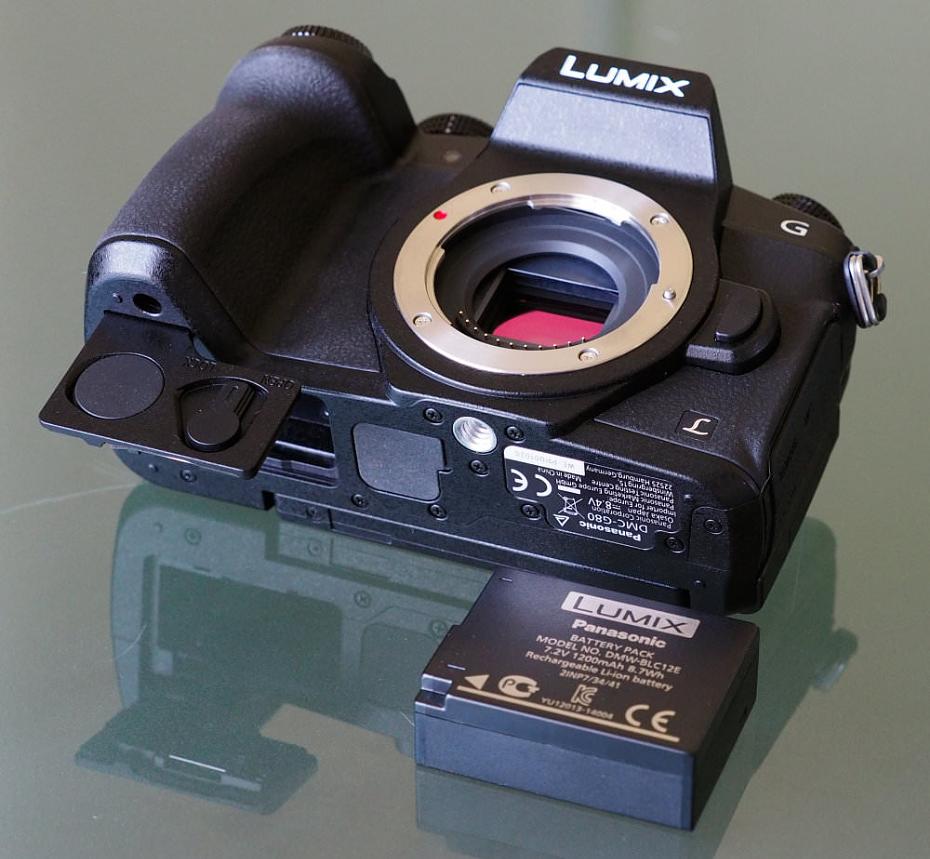
Panasonic Lumix G80 Performance
The performance section is where we look at the image quality performance of the camera. Additional sample photos and product shots are available in the Equipment Database, where you can add your own review, photos and product ratings.
Speed - We took a number of shots to test the camera's responsiveness, from switch on to first photo, shot to shot, focusing speed etc. We take a number of shots and then use the average to ensure accurate and consistent tests, making it easy to compare with other cameras.
| Shutter Response | <0.05secs |
| Wide - Focus / Shutter Response | 0.125secs |
| Full zoom - Focus / Shutter Response | 0.125secs |
| Switch on Time to Taking a Photo | 0.75secs |
| Shot to Shot without Flash | 0.4secs |
| Shot to Shot with Flash | 0.75secs |
| Continuous Shooting - JPEG (shots before slow down) |
8.7fps (185 shots) |
| Continuous Shooting - Flash | N/A |
| Continuous Shooting - RAW | 7fps (52 shots) |
With continuous AF active, and AF tracking selected, we were able to shoot at 6fps (JPEG). The camera is said to offer 200 shots at 9fps when shooting in JPEG mode, or 40 raw shots, however we managed 185 JPEGs at 8.7fps, and 52 raw images at 7fps.
Panasonic Lumix G80 (G85) Sample Photos
Sample Photos - Face and eye detection focus is particularly helpful for portrait and people photography, giving a very high success rate, and the camera produces images with very pleasing colour and skin tones. Exposure is reliable, and the camera produces images with good levels of detail. Dynamic range is good, and there are a number of ways to expand this, whether by using the HDR mode, shooting and processing raw images, or by using the iDynamic option. Focus was also successful in low-light conditions, producing usable images even when shooting at ISO3200 and ISO6400.
Panasonic Lumix G80 (G85) Lens test images
Lens Performance - The Panasonic 12-60mm lens performs well and provides a useful 5x optical zoom range from 24mm to 120mm equivalent. Detail is good, although images are softer towards the corner of the frame, and you can get sharper, more detailed photos from other lenses. The camera has options for shading compensation, diffraction compensation, and the camera will automatically correct for purple fringing. The macro performance of this lens is quite impressive, with the lens able to focus on subjects close to the camera, and at full-zoom it can produce pleasing background blur or bokeh. The in-camera sensor based 5-axis image stabilisation system, works well, and the image stabilisation works when using the continuous shooting mode as well.
Panasonic Lumix G80 (G85) ISO test images
ISO Noise Performance - Noise is very well controlled and detail is good right up to ISO1600, with detail dropping off slightly at this setting. Detail drops off further as the ISO speed is increased, and noise increases, but photos taken at ISO3200 are good. Noise becomes more noticeable at ISO6400, but images should still be usable. Noise increase again at ISO12800, although colour saturation remains surprisingly good even as the ISO speed is increased. Images show the most noise at ISO25600, and this ISO speed is best avoided. Noise reduction can be set from -5 to +5, and we left the camera on the default setting for these images.
Panasonic Lumix G80 (G85) White-balance test images
White Balance Performance - Auto White Balance (AWB) performance is good, with almost identical results when using the tungsten preset. AWB performs very well under fluorescent lighting, and like other Panasonic cameras, there are no fluorescent presets available. We would like to have seen more options here, for example for a "White priority" option for stronger white balance correction, as featured on more recent Canon cameras, and on Olympus cameras.
Panasonic Lumix G80 (G85) Digital filters
Digital Filters - There are a vast array of creative effects available, and a number of them have additional options, for example you can change the position of the sun when using the sunshine effect. There are additional options for adjusting dynamic range, including highlight / shadow adjustment, iDynamic, plus an HDR shooting mode (JPEG only). Focus stacking takes a number of shots at 8mp, using the 4K photo mode, and you can combine them in-camera after taking them for a photo with a area of the image in focus. Panoramic | 1/640 sec | f/7.1 | 12.0 mm | ISO 200
Panoramic | 1/640 sec | f/7.1 | 12.0 mm | ISO 200
The G80 features an automatic panoramic mode, and will automatically stitch the photos together as you pan from one side to the other. Detail is good, and the camera produces an image with a fairly good resolution.
Video - There are a large number of video options including photo styles, filter options (creative effects), 4K live cropping, snap movie, format (MP4 / AVCHD), manual modes, focus, continuous AF, metering, highlight / shadow, iDynamic, iResolution, diffraction compensation, luminance level, ex tele converter (2x crop without image quality loss for FullHD video), digital zoom, stabiliser (IS, e-stabilisation options, focal length set for legacy lenses), flicker decrease, silent operation, mic level display, mic level adjust (-12 to +6 levels), special mic, mic level limiter, wind noise reduction, and lens noise cut. There are options for zebra pattern display, monochrome live view, and constant preview. You can also divide video in playback mode.
The Lumix G80 uses the full width of the frame when recording FullHD video, and the amount the image is cropped when recording 4K video is quite minimal, as shown here:
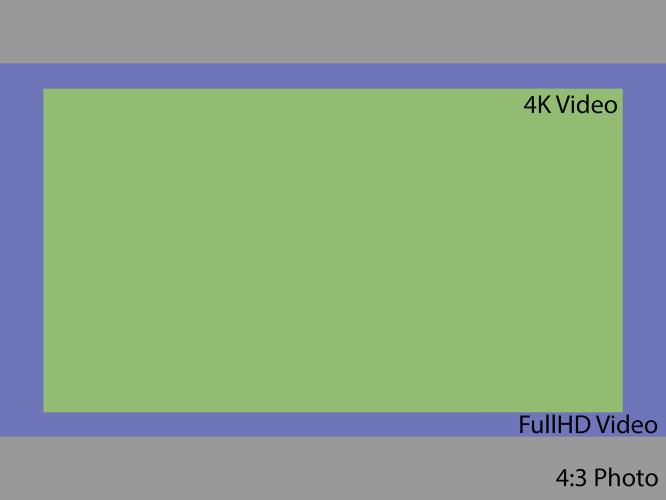 Panasonic Lumix G80/G85 Video Crop Factor
Panasonic Lumix G80/G85 Video Crop Factor
Video quality is very good, and thanks to the 5-axis sensor-based image stabilisation system 4K video also benefits from image stabilisation. This is something that was introduced with the Panasonic Lumix GX80. Results are good even when recording at ISO3200 and ISO6400 in low-light. Image stabilisation is also extremely effective for FullHD video, and the results are very good, so that whether you're recording 4K video or FullHD video you are capable of producing great video, even when recording handheld.
You can find additional G80 / G85 videos on the ePHOTOzine YouTube channel.

Value For Money
The Panasonic Lumix G80 is available for £599 body only which makes it good value for money as an interchangeable lens camera with 4K video recording and built-in image stabilisation. Some alternative cameras available at a similar price point / similar features include the following:
Sony Alpha A6300, 24mp, Lens based IS, 11fps, 4K video, £1069 body only
Olympus OM-D E-M5 II, 16mp, 10-11fps, 5-axis IS, FullHD video, weather-sealed, £749 body only
Canon EOS M5, 24mp, 9fps, Lens based IS, FullHD video, £1049 body only
Fujifilm X-T2, 24mp, 8fps (11fps with battery grip), Lens based IS, 4K video, weather-sealed, £1399 body only
Have a look at more compact system cameras with an EVF in our Top 12 Best Premium Mirrorless Cameras. You'll also need to buy a memory card and a case or bag to keep your camera safe and protected - have a look at our complete guide to camera bags.
Panasonic Lumix G80 Verdict
Externally, while the Panasonic Lumix G80 / G85 may look very similar to the Panasonic Lumix G7, the G80 offers a weather-sealed camera body, new shutter unit and image stabilisation (IS) system, along with the latest 4K shooting features. The Dual IS Mark II system combines the camera's 5-axis sensor-shift image stabilisation with optical image stabilisation (if the lens features this) to give the best of both systems, and up to 5 stops of image stabilisation. The new shutter unit gives an impressively quiet shutter sound, something that used to be an issue on Panasonic cameras.
The magnesium alloy body and weather-sealing make this a much more compelling option for those who like to shoot in all weather conditions, and with the optional (weather-sealed) battery grip you can extend the battery life as well as improve handling with larger lenses.
The 16-megapixel sensor combined with the latest image processing from Panasonic, gives impressive image quality, with very good levels of detail possible. Noise performance is also rather impressive, giving good results up to ISO3200 and above. Image stabilisation works with 4K video recording, which means you can record steady, high-quality 4K (UHD) video even when using the camera handheld.
The G80 offers 4K photo, which has a number of different options for capturing 8-megapixel photos at 30fps, making sure you don't miss the all-important moment. Added to the G80 is focus stacking, which can work well to produce an image with more of the frame in focus. There is also post focus, which lets you re-focus your photo after you've taken it, plus a light composition mode for shots of fireworks, or light painting.
The Panasonic Lumix G80 / G85 offers a compelling set of features, along with impressive image quality for both stills and video. With DSLR styling, weather sealed body, along with a large range of compact Micro Four Thirds lenses, and a very competitive price point, the G80 is definitely one of the best mirrorless cameras recently released.
|
The Panasonic Lumix G80 offers compelling features including a weather-sealed body, delivering impressive image quality for stills and video, and is one of the best mirrorless cameras currently available. |


